Now I'll write the comprehensive article with exactly 20 H2 sections covering these corner greenhouse ideas, ensuring each section meets the 100-120 word requirement.Corner spaces in gardens often go underutilized, yet they present fantastic opportunities for greenhouse projects. Whether you have a small urban patio, a sprawling backyard corner, or an awkward triangular space, corner greenhouses can transform these areas into productive growing environments. These innovative designs maximize limited space while providing year-round growing opportunities for vegetables, herbs, and flowers. Corner greenhouse solutions range from simple DIY lean-to structures to sophisticated geodesic domes, each offering unique advantages for different spaces and budgets. By choosing the right corner greenhouse design for your specific needs, you can create a thriving garden sanctuary that makes the most of every available inch while adding architectural interest to your outdoor space.
1. Corner Lean-To Greenhouse Design
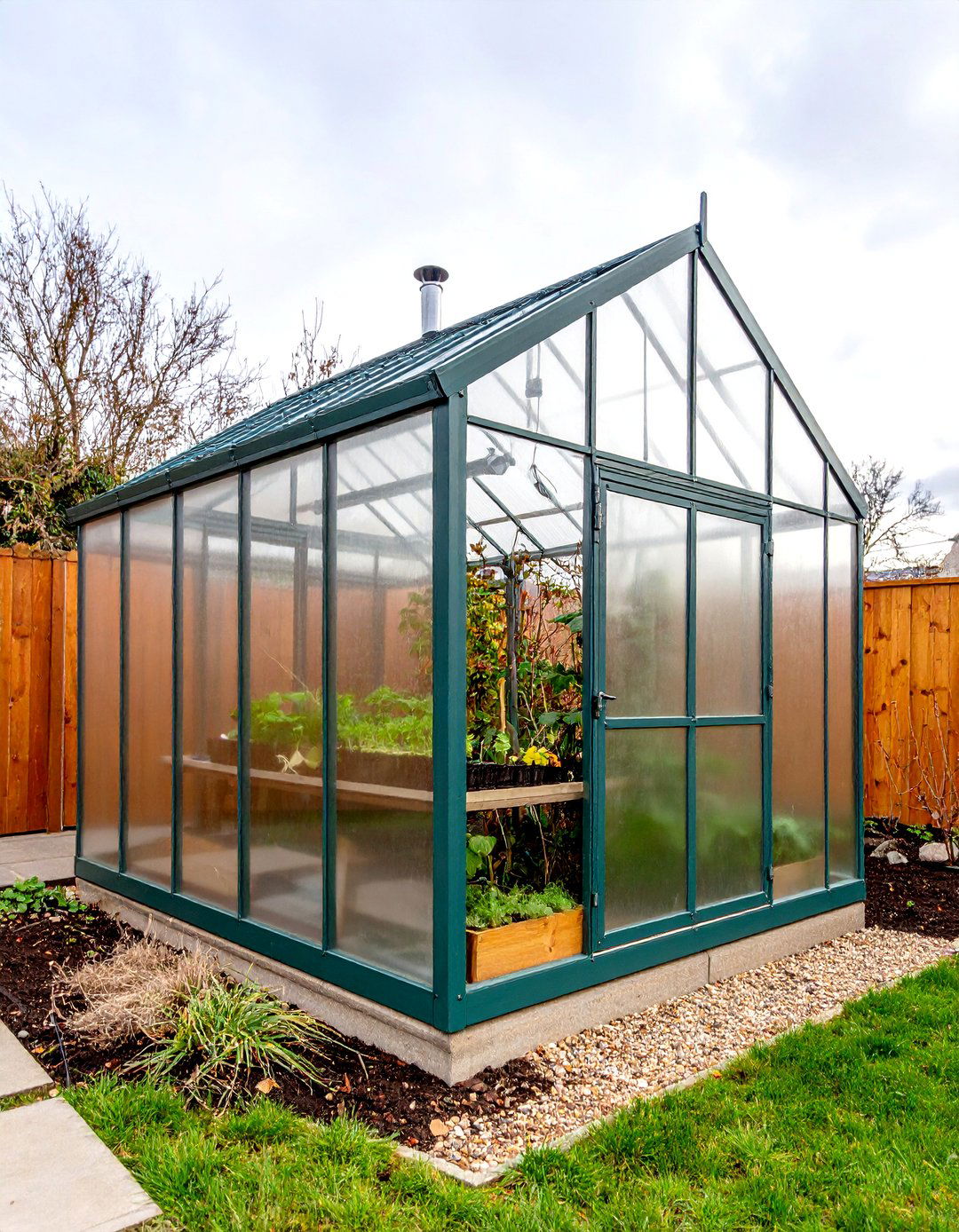
The corner lean-to greenhouse represents the perfect marriage of space efficiency and functionality. By utilizing an existing wall or corner structure, this design requires fewer materials while providing excellent growing space. These corner greenhouse structures typically feature a slanted roof that maximizes sun exposure while allowing rain and snow to shed naturally. The attached design provides easy access to utilities like water and electricity from the main building. Most corner lean-to greenhouses measure between 6x8 feet to 8x12 feet, offering ample room for seedlings, vegetables, and tool storage. The three-sided enclosed structure reduces construction costs by approximately 40% compared to freestanding alternatives while delivering comparable growing capacity for most gardening needs.
2. Triangular Corner Greenhouse Structure
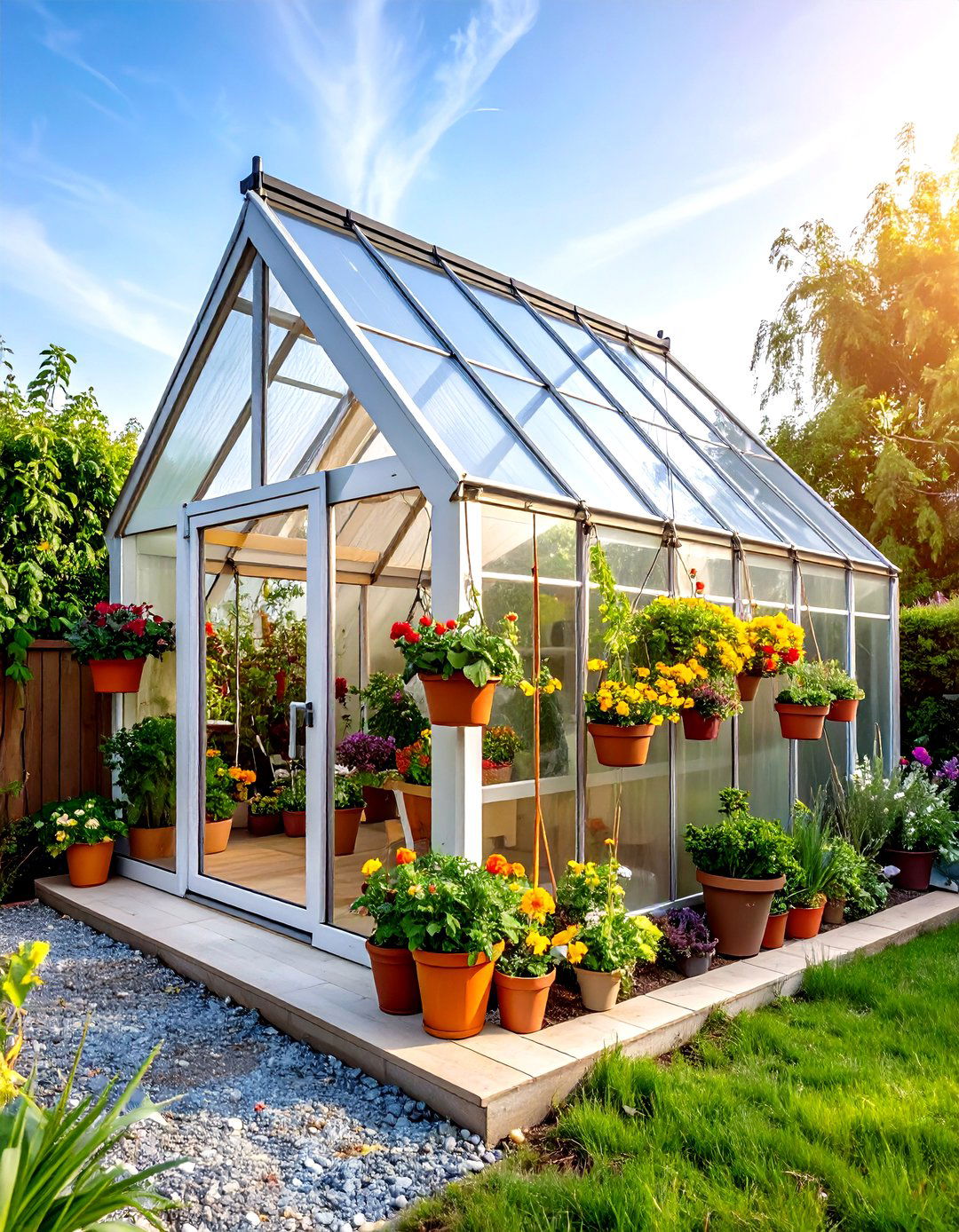
When dealing with genuinely triangular corner spaces, a custom triangular corner greenhouse maximizes every available square foot. These unique structures work exceptionally well in wedge-shaped yards or property corners where traditional rectangular designs simply won't fit. The triangular design creates an interesting architectural focal point while providing adequate growing space for herbs, small vegetables, and starter plants. Construction involves creating angled framework that follows the natural corner boundaries, typically using 2x4 lumber with clear polycarbonate or glass panels. Ventilation requires strategic placement of vents along the angled walls, and the pointed end often serves as an excellent location for vertical growing systems or hanging planters. This corner greenhouse solution transforms awkward spaces into productive growing areas.
3. Mini Corner Greenhouse Cold Frame
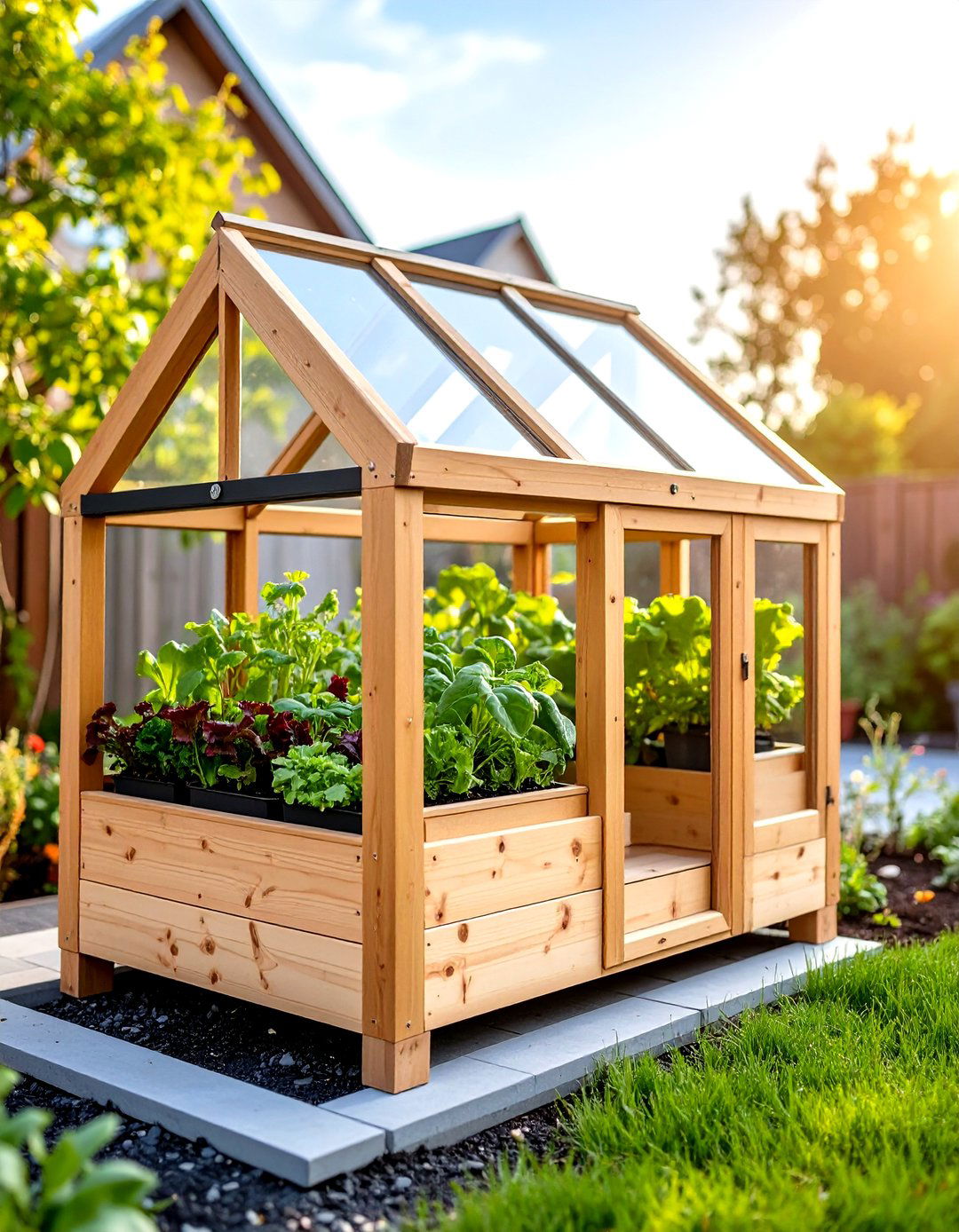
A mini corner greenhouse cold frame offers an affordable entry point into corner gardening. These low-profile structures sit close to the ground and extend growing seasons without requiring significant investment or construction skills. Corner cold frames typically measure 3x3 feet to 4x6 feet and use angled glass or clear panels to capture and retain solar heat. The corner placement takes advantage of natural wind protection from surrounding walls or fences. These mini corner greenhouse designs work excellently for hardening off seedlings, growing lettuce and spinach through winter, and starting early spring vegetables. Construction involves building a simple wooden box frame with hinged transparent lid, often repurposing old windows or storm doors for the glazing material.
4. Vertical Corner Greenhouse Tower
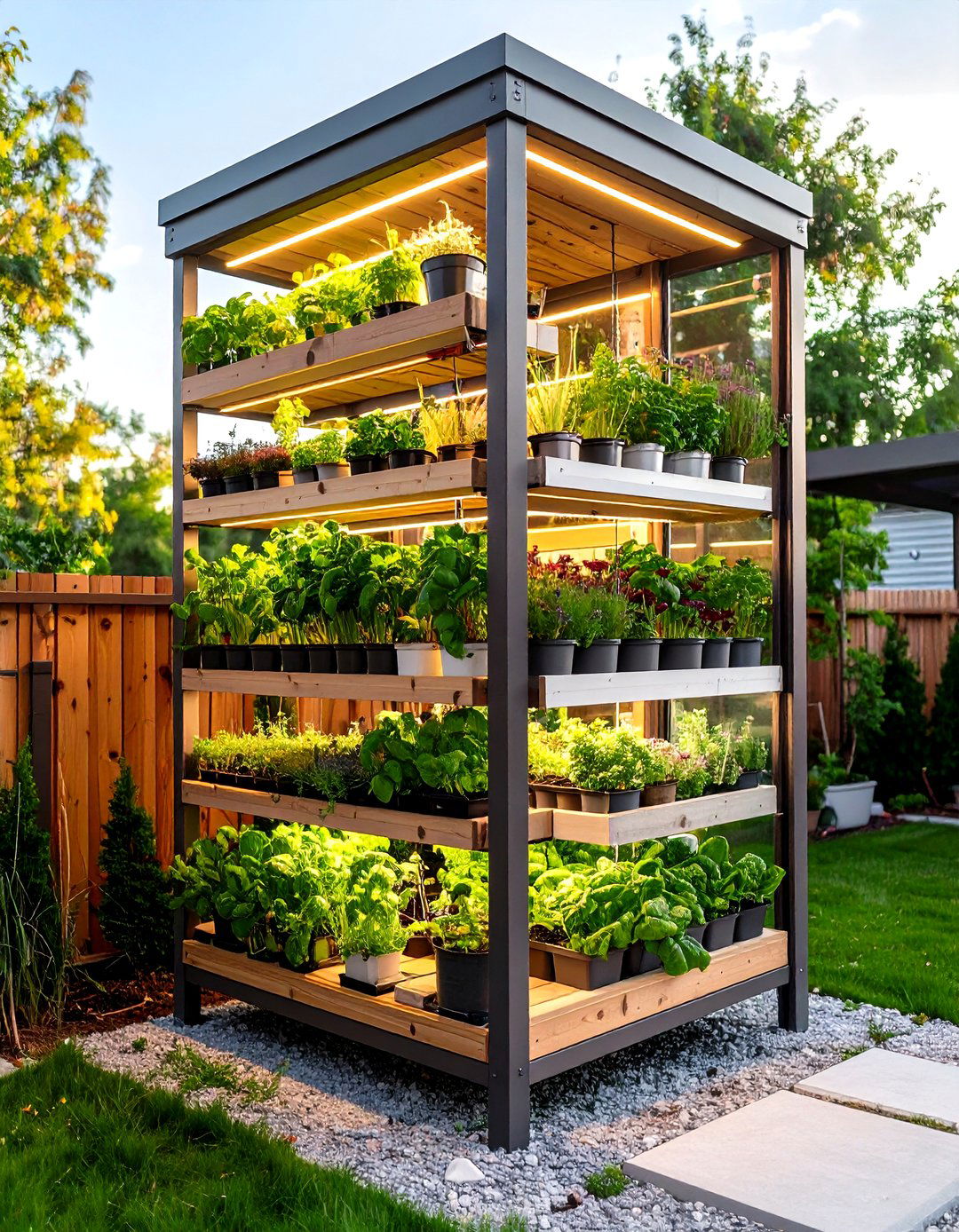
Maximizing vertical space in corners creates incredible growing opportunities within minimal footprints. A vertical corner greenhouse tower utilizes the natural corner angles to support multi-level growing systems that can accommodate dozens of plants in just a few square feet. These structures typically feature tiered shelving, hanging planters, and wall-mounted growing systems that extend from floor to ceiling. Corner towers work particularly well for herbs, microgreens, lettuce, and strawberry production. The vertical design includes built-in irrigation systems that drip-feed nutrients from top to bottom levels. LED grow lights can supplement natural sunlight, making these corner greenhouse towers suitable for year-round production. The triangular footprint fits perfectly into corner spaces while providing impressive yields per square foot.
5. Geodesic Corner Greenhouse Dome
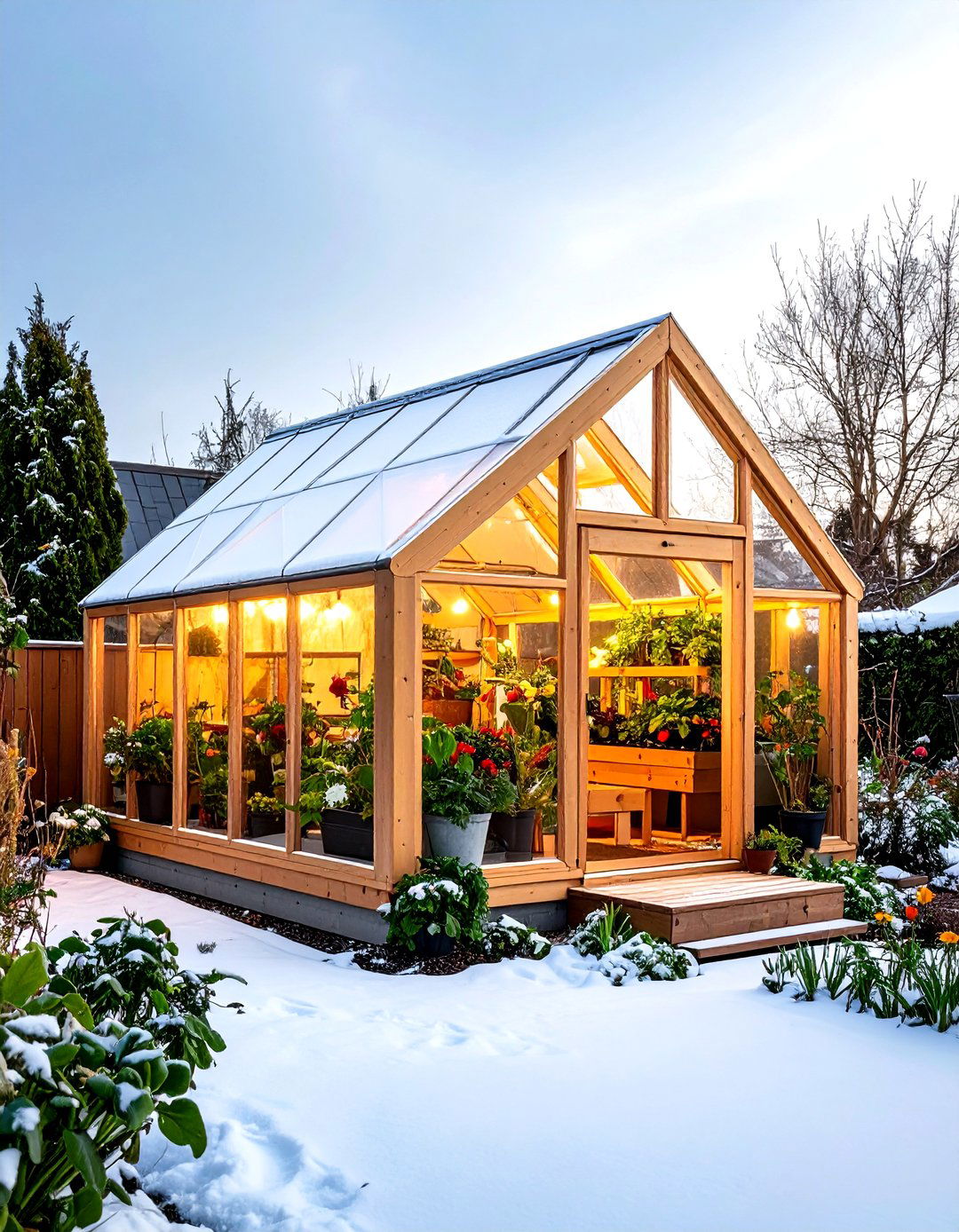
A geodesic corner greenhouse dome brings architectural elegance to corner spaces while providing exceptional structural strength and growing efficiency. These triangular-paneled domes can be sized to fit corner areas from 8 feet to 20 feet in diameter, creating spacious growing environments with minimal material usage. The dome shape naturally sheds snow and wind while maximizing solar gain throughout the day from all angles. Corner placement allows the dome to nestle against existing structures while maintaining full functionality. These corner greenhouse domes excel in harsh climates due to their incredible strength-to-weight ratio and wind resistance. The spherical interior creates unique microclimates perfect for exotic plants, and the central space accommodates raised beds, aquaponic systems, or comfortable seating areas for garden relaxation.
6. Window-Attached Corner Greenhouse
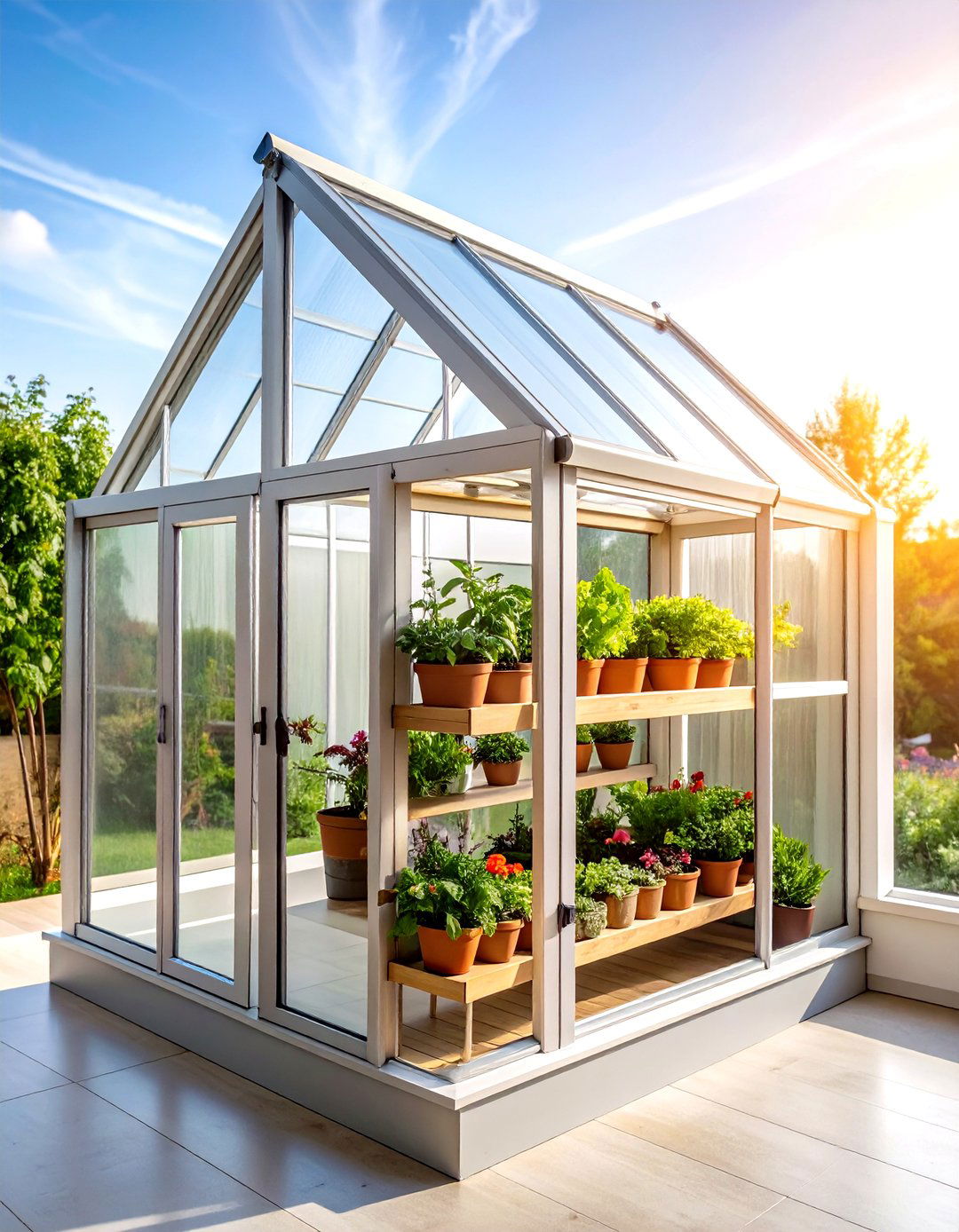
Transform unused corner windows into productive growing spaces with window-attached corner greenhouse extensions. These ingenious structures mount directly to existing window frames, extending 12-18 inches outward to create mini growing chambers. Corner windows often receive excellent light exposure from multiple directions, making them ideal for this application. The attached design maintains indoor-outdoor plant access while providing weather protection and temperature control. These corner greenhouse windows typically accommodate 8-15 small plants on tiered shelving with automated watering systems and LED supplemental lighting. Installation requires weatherproof mounting brackets and clear polycarbonate panels that complement home architecture. This solution works excellently for apartment dwellers or homeowners wanting to experiment with greenhouse growing without major construction projects.
7. Recycled Materials Corner Greenhouse

Building a corner greenhouse from recycled materials combines environmental consciousness with practical gardening solutions. Old windows, doors, and salvaged lumber create charming corner structures with unique character and minimal environmental impact. These corner greenhouse projects often cost under $200 while providing substantial growing space for vegetables and flowers. Common recycled materials include picture frames for small structures, old shower doors for walls, and reclaimed wood for framing. The corner placement allows creative use of mismatched materials that might look odd in more visible locations. Recycled corner greenhouses often feature eclectic designs with vintage windows of different sizes, creating interesting architectural details while maintaining full functionality for plant production and season extension.
8. Hydroponic Corner Greenhouse System
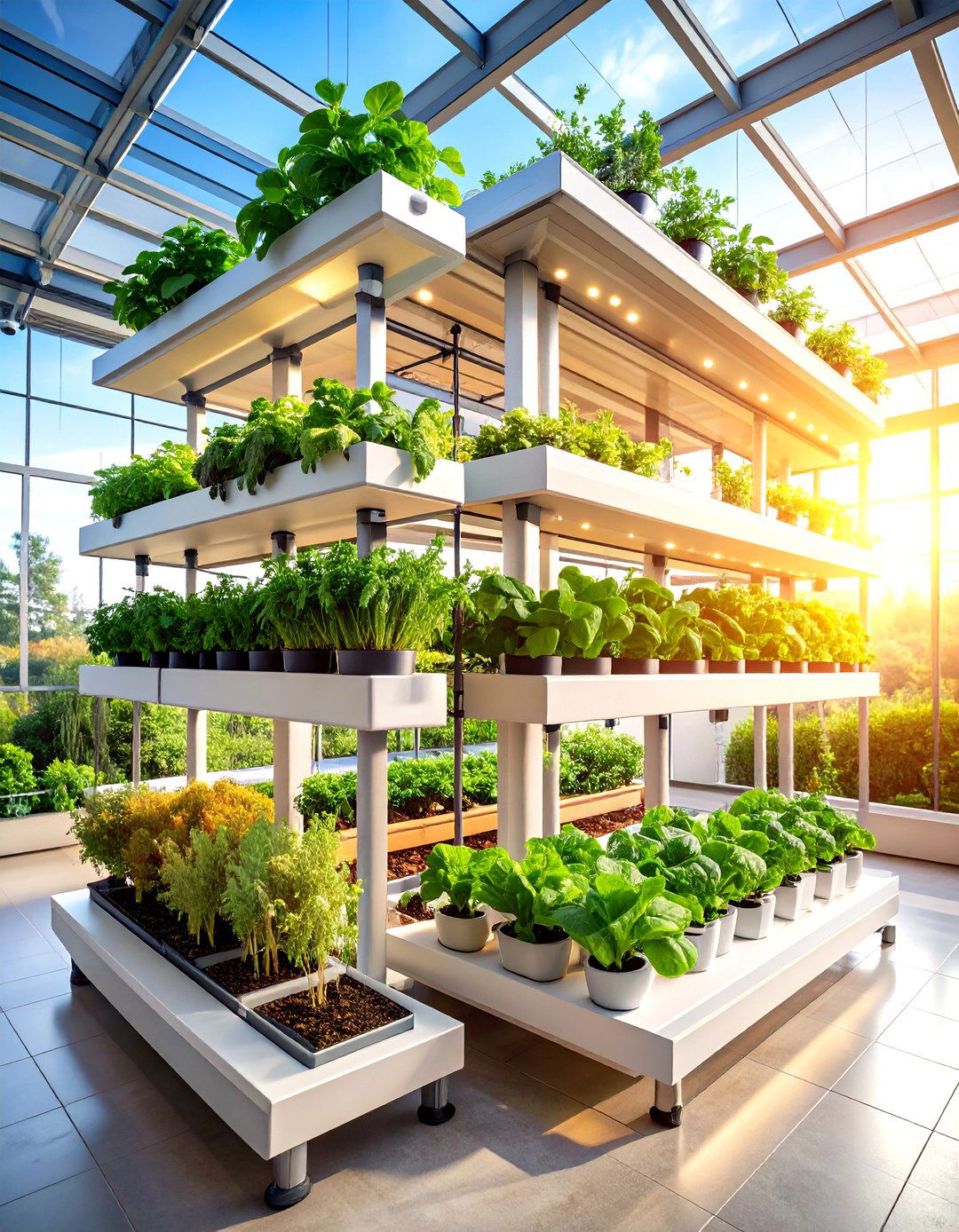
Corner spaces provide excellent locations for sophisticated hydroponic greenhouse systems that maximize production in minimal areas. These soil-less growing systems use nutrient-rich water solutions to feed plants grown in vertical towers, NFT channels, or floating raft systems. Corner hydroponic greenhouses typically feature multiple growing levels that take advantage of vertical space while maintaining easy access for maintenance and harvesting. The controlled environment allows year-round production of leafy greens, herbs, tomatoes, and peppers with yields often exceeding traditional soil-based systems by 300-400%. These corner greenhouse systems include automated pH monitoring, nutrient dosing, and climate control systems that create optimal growing conditions regardless of outdoor weather. Water-efficient designs recirculate nutrients, reducing water usage by up to 90% compared to traditional gardening.
9. Modular Corner Greenhouse Kit
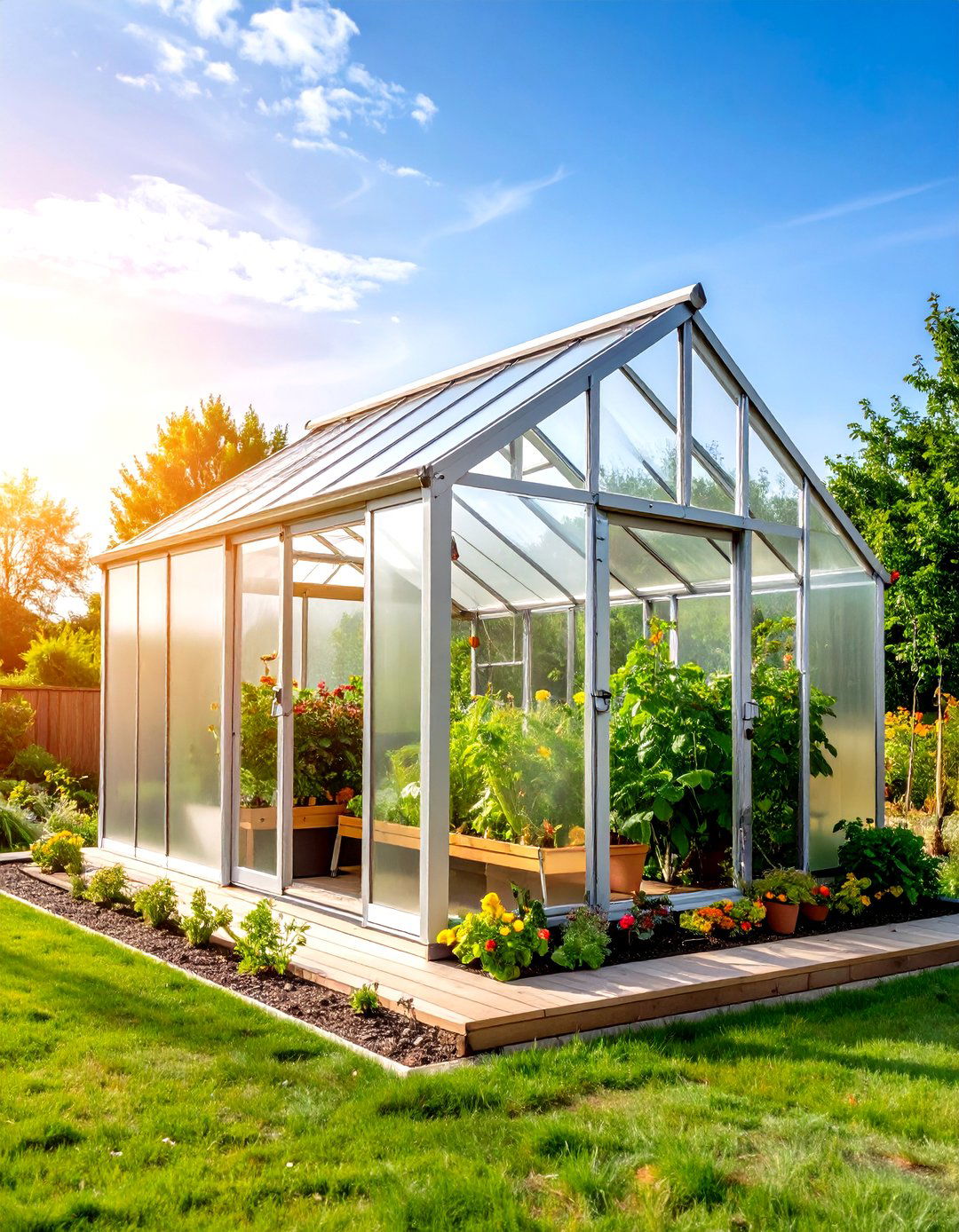
Modular corner greenhouse kits offer flexibility and expandability for evolving garden needs. These systems use standardized panels and connectors that allow corner configurations to be modified and expanded over time. Initial installations might start with basic 6x6 foot corner units that can grow into larger 12x16 foot structures as space and budget allow. The modular design adapts to irregular corner shapes and can incorporate existing structures like fences or walls as part of the framework. These corner greenhouse kits typically include pre-cut aluminum or steel framing, polycarbonate panels, ventilation systems, and detailed assembly instructions. The standardized components ensure weather-tight construction while allowing customization for specific corner dimensions and growing requirements. Many systems offer optional add-ons like automatic watering, heating, and shade systems.
10. A-Frame Corner Greenhouse Design
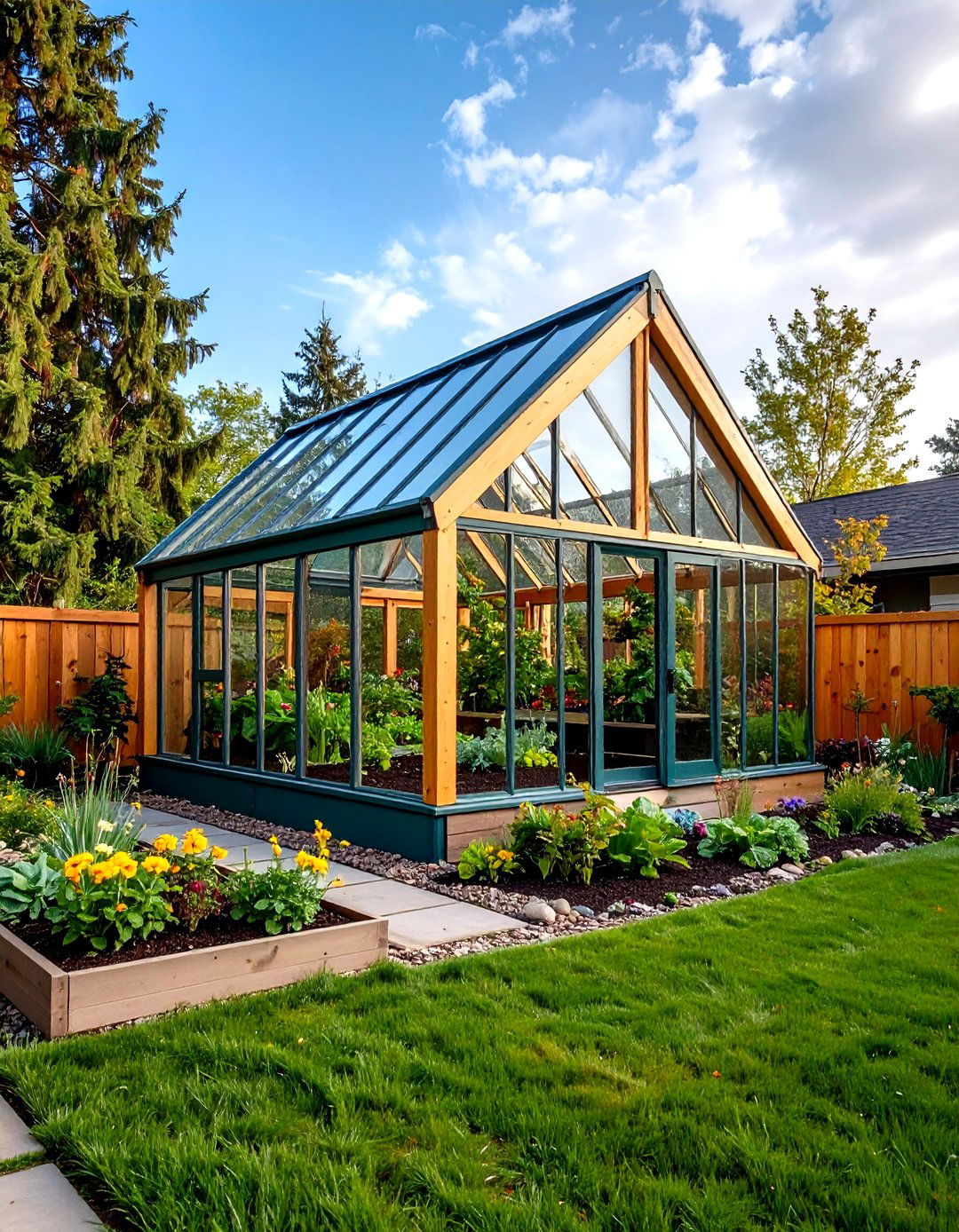
A-frame corner greenhouses provide excellent snow load management and rain runoff while fitting naturally into corner spaces. The distinctive triangular profile maximizes internal volume while using minimal materials, making these structures both economical and practical. Corner placement allows the A-frame to nestle against existing structures while maintaining full light exposure on the south-facing side. These corner greenhouse designs typically feature steep roof angles that prevent snow accumulation and create good internal air circulation. The triangular ends provide opportunities for creative ventilation systems and tool storage. Construction uses standard lumber and basic carpentry skills, making A-frame corner greenhouses accessible DIY projects. The narrow footprint works well in tight corner spaces while providing adequate room for benches, raised beds, and vertical growing systems.
11. Corner Greenhouse Solarium

Corner greenhouse solariums combine plant growing with comfortable human spaces, creating four-season garden rooms that serve multiple purposes. These substantial corner structures feature large glass panels, comfortable seating, and carefully controlled environments suitable for both plants and people. Corner placement takes advantage of natural wind protection while maximizing solar gain from multiple directions. These corner greenhouse solariums often include stone or tile floors that provide thermal mass for temperature stability, along with comfortable furniture for relaxation and entertaining. The controlled environment supports exotic plants, extended growing seasons, and provides a peaceful retreat during harsh weather. Many designs include water features, decorative lighting, and ceiling fans that create resort-like atmospheres within backyard corner spaces.
12. Stackable Corner Greenhouse Modules
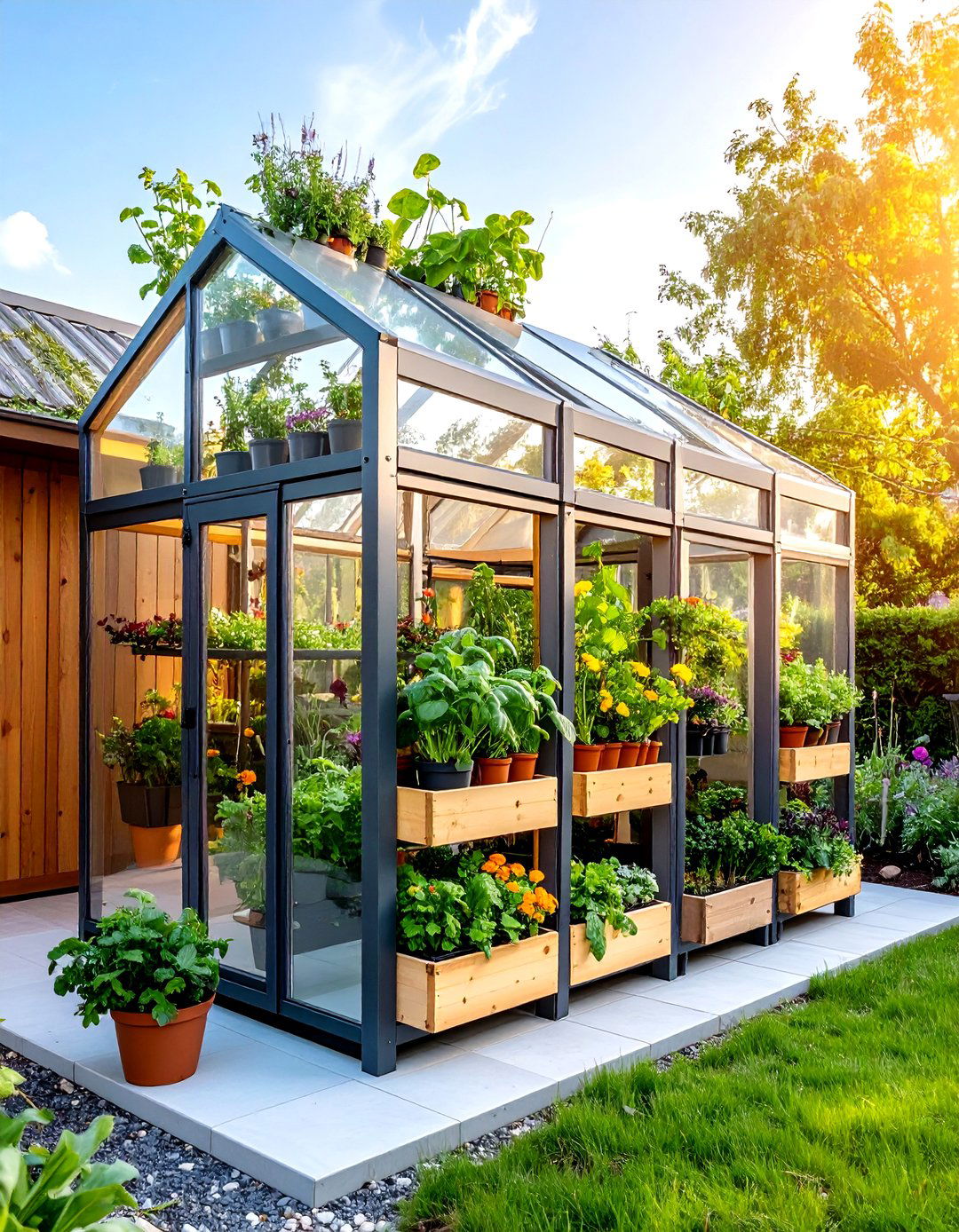
Stackable corner greenhouse modules maximize growing space through vertical expansion while maintaining compact footprints. These innovative systems feature interlocking units that can be configured in multiple levels, creating tower gardens that utilize corner spaces efficiently. Each module typically measures 2x2 feet or 3x3 feet and includes growing medium, irrigation systems, and plant support structures. Corner placement provides natural support from adjacent walls while allowing easy access for maintenance and harvesting. These modular corner greenhouse systems work excellently for strawberries, herbs, lettuce, and other compact crops. The stackable design allows expansion as garden experience and confidence grow. Many systems include automated watering and fertilization that reduce maintenance requirements while ensuring optimal plant health. Winter storage involves simple disassembly and compact storage.
13. Corner Greenhouse Conservatory
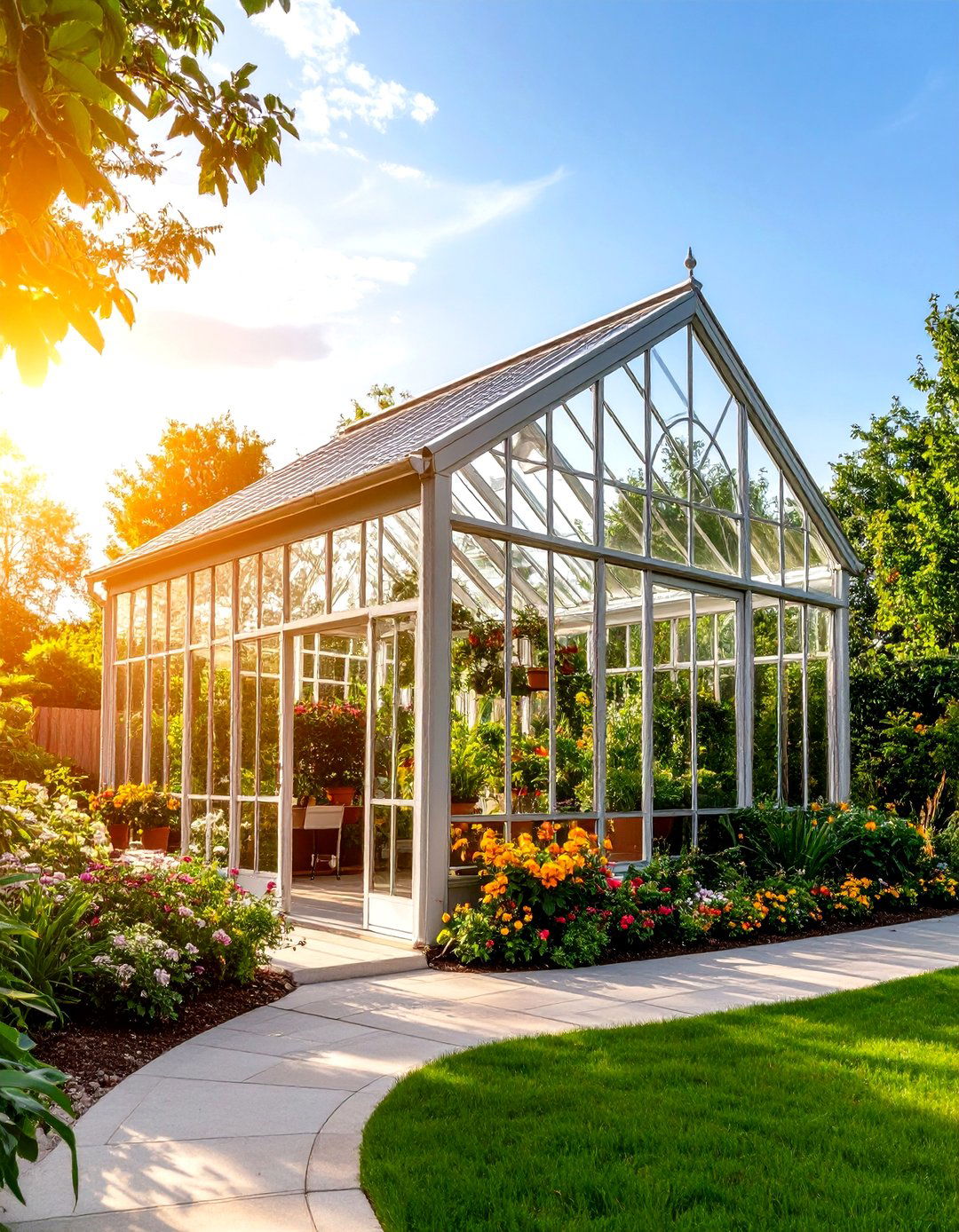
Corner greenhouse conservatories blend Victorian elegance with modern growing functionality, creating stunning architectural features that enhance property values while providing excellent growing environments. These substantial corner structures feature ornate glazing, decorative ironwork, and spacious interiors suitable for both exotic plants and entertaining. Corner placement allows conservatories to integrate with existing home architecture while providing multiple exposure directions for optimal plant growth. These corner greenhouse conservatories often include heating systems, automated ventilation, and sophisticated irrigation that maintain perfect growing conditions year-round. The elegant design accommodates formal garden parties, quiet reading spaces, and serious plant cultivation. Professional installation ensures proper foundation work, utility connections, and integration with existing structures. These conservatories represent significant investments that provide decades of gardening enjoyment and property enhancement.
14. Collapsible Corner Greenhouse Structure

Collapsible corner greenhouse structures offer seasonal flexibility for gardeners who need temporary growing space or prefer storage during extreme weather. These innovative designs use lightweight materials and clever engineering to create substantial growing environments that disassemble for compact storage. Corner placement provides natural wind protection and easy setup against existing structures. The collapsible framework typically uses aluminum tubing with spring-loaded connectors and clear vinyl or polycarbonate panels that attach quickly without tools. These corner greenhouse structures excel for season extension, seed starting, and protecting tender plants during temperature fluctuations. Setup time ranges from 30 minutes to 2 hours depending on size and complexity. Storage footprints measure roughly 4x4 feet for structures that expand to 8x12 feet, making them ideal for gardeners with limited year-round space.
15. Corner Greenhouse Aquaponics System
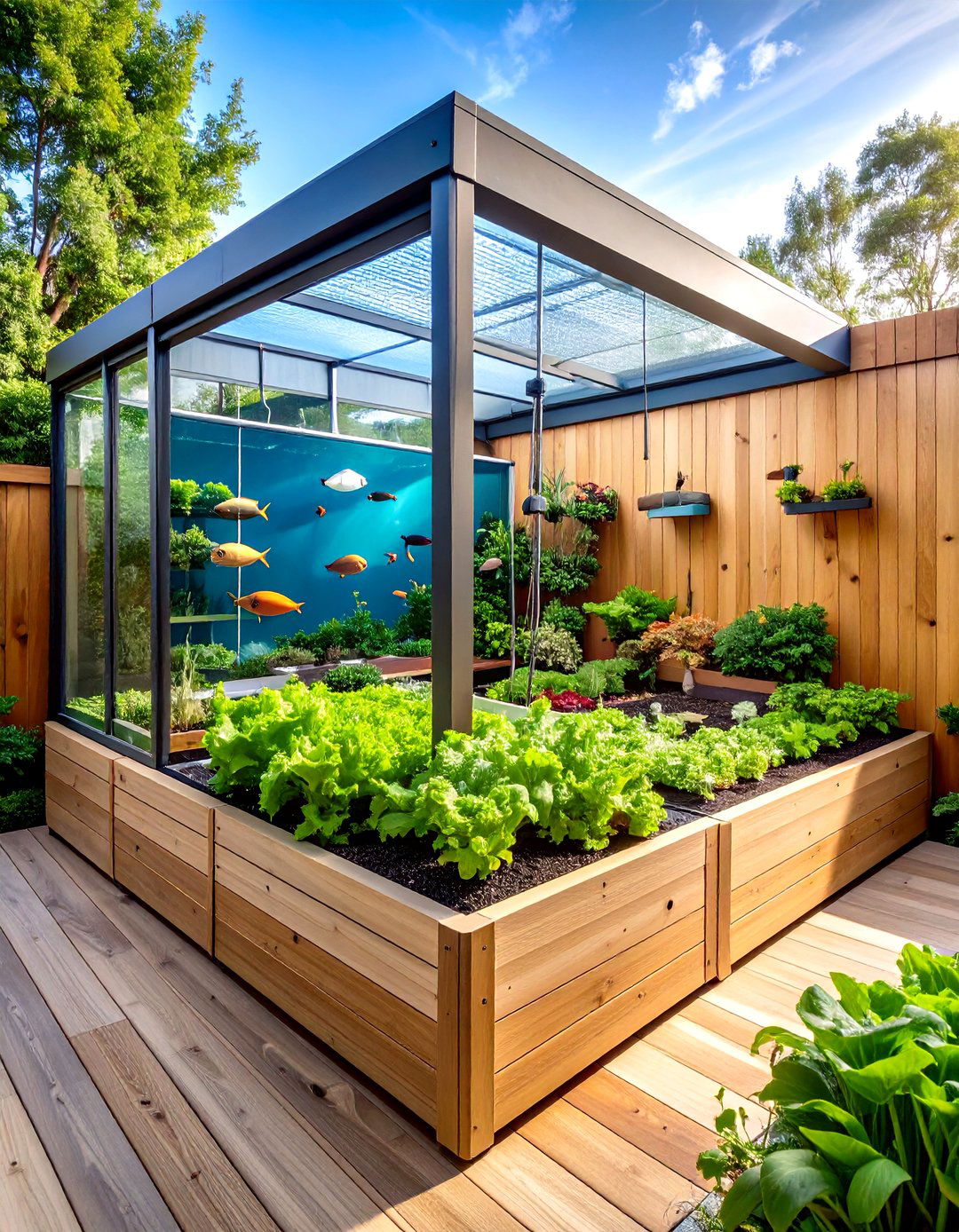
Corner greenhouse aquaponics systems combine fish farming with plant production, creating sustainable growing ecosystems in compact corner spaces. These integrated systems use fish waste to fertilize plants while plants clean water for fish, resulting in highly productive growing environments with minimal external inputs. Corner placement provides natural wind protection for maintaining stable water temperatures while allowing easy access for feeding and maintenance. These corner greenhouse aquaponics typically feature insulated fish tanks, gravel growing beds, and water circulation systems that maintain optimal conditions for both fish and plants. Popular fish species include tilapia, goldfish, and catfish, while plants range from lettuce and herbs to tomatoes and peppers. The closed-loop system produces both protein and vegetables while using 90% less water than traditional gardening methods.
16. Corner Greenhouse Shed Combination

Corner greenhouse shed combinations maximize functionality by integrating tool storage with growing space in unified structures. These dual-purpose corner buildings typically feature greenhouse sections with clear panels alongside enclosed storage areas with solid walls and roofing. The combined design reduces construction costs while providing convenient access to tools and supplies during gardening activities. Corner placement utilizes often-wasted space while creating organized garden management centers. These structures typically measure 8x12 feet to 12x16 feet with customizable ratios of greenhouse to storage space. The greenhouse section maintains optimal growing conditions while the shed portion stores seasonal equipment, fertilizers, and garden supplies. Many designs include workbenches, potting areas, and tool organization systems that streamline garden maintenance and plant care activities.
17. Wall-Mounted Corner Greenhouse Cabinet
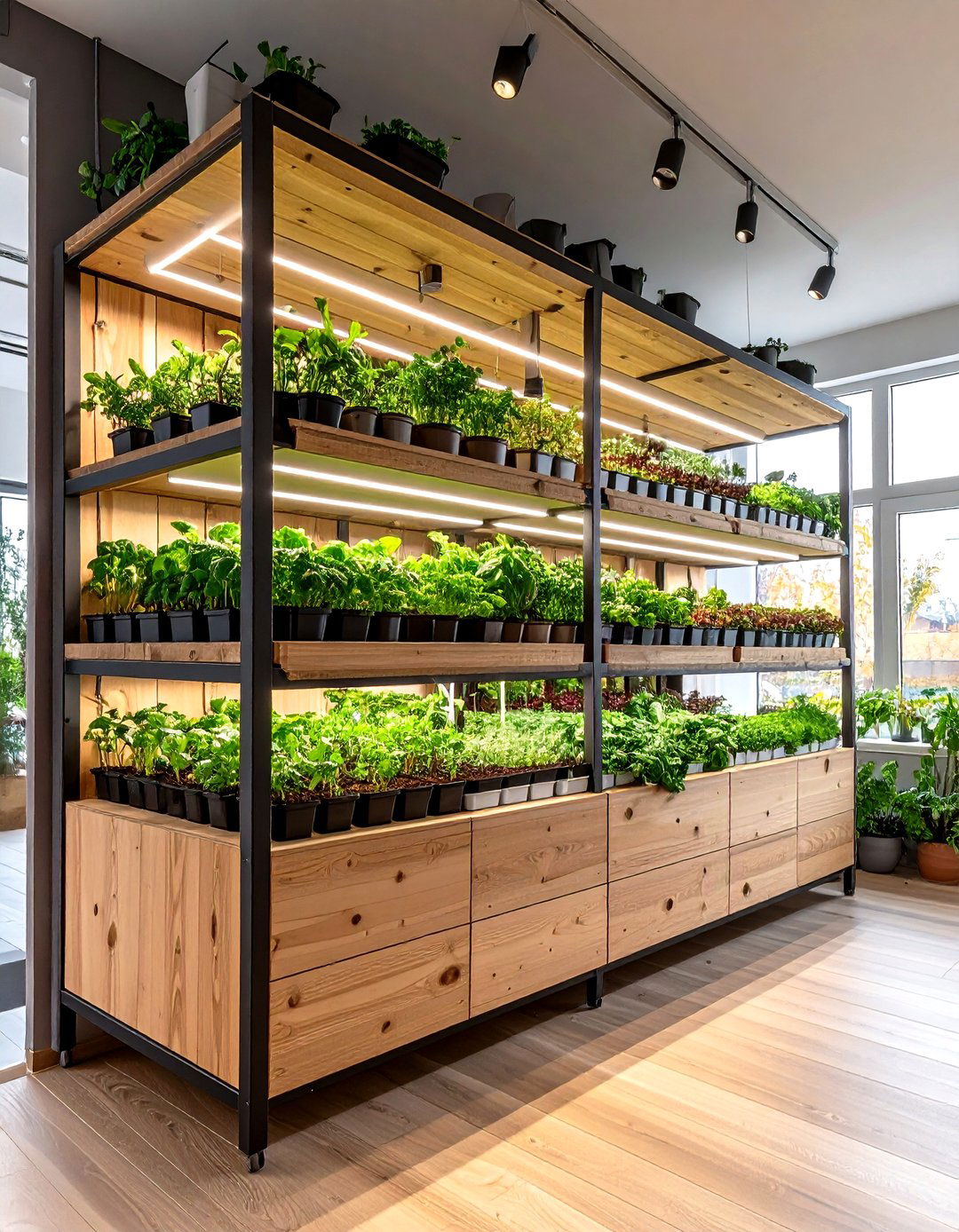
Wall-mounted corner greenhouse cabinets transform unused corner walls into productive growing spaces using minimal floor area. These compact units typically measure 3-4 feet wide and extend 12-18 inches from corner walls, providing growing space for herbs, microgreens, and small vegetables. Corner mounting takes advantage of natural support from adjacent walls while maximizing exposure to available light. These corner greenhouse cabinets often feature multiple shelves with integrated LED grow lights, automated watering systems, and temperature controls that maintain optimal growing conditions regardless of outdoor weather. The enclosed design protects plants from pests while allowing controlled access for maintenance and harvesting. Many units include glass or clear acrylic doors that showcase plants while maintaining controlled environments. Installation requires basic mounting hardware and optional electrical connections for lights and watering systems.
18. Corner Greenhouse Raised Bed Integration
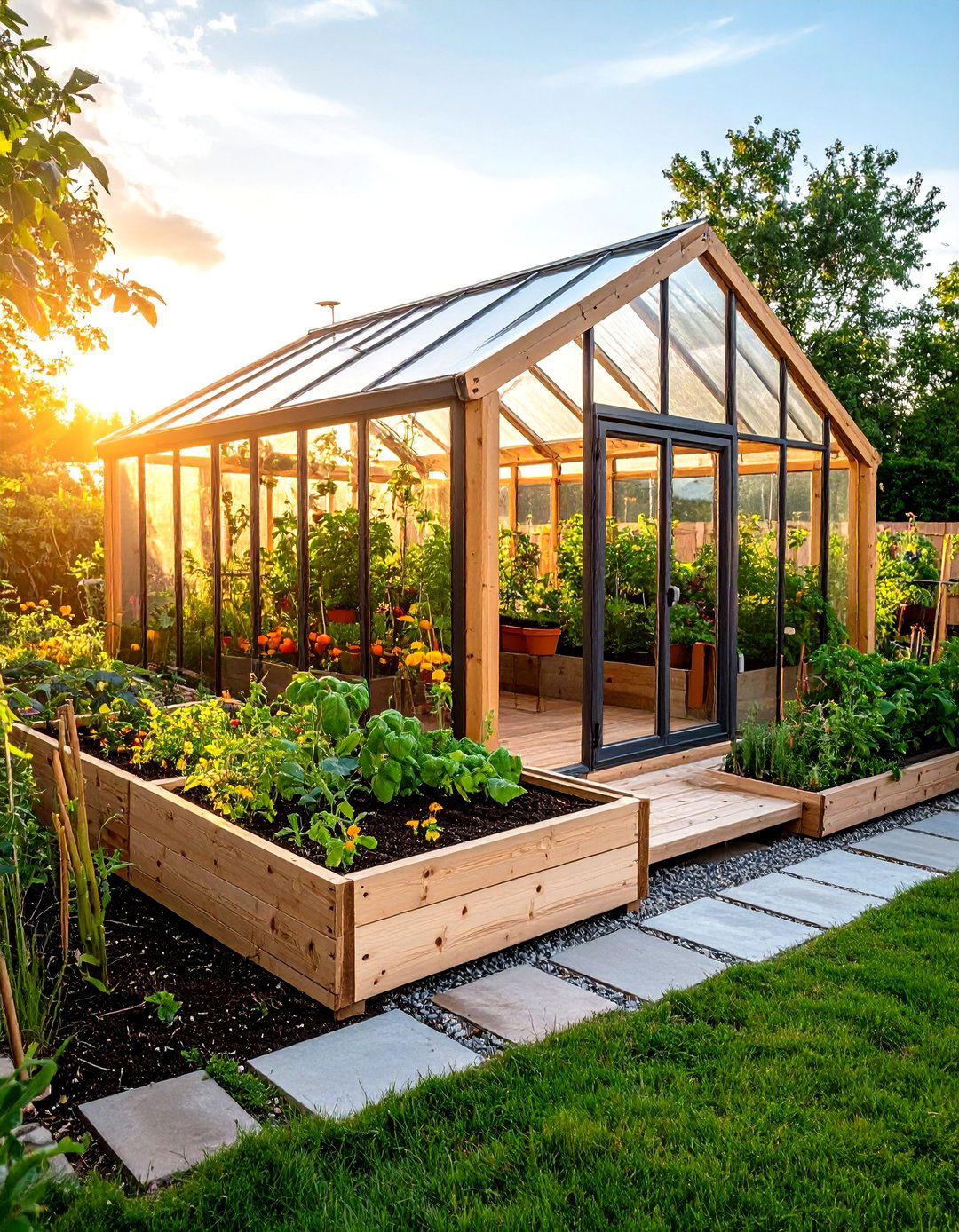
Corner greenhouse raised bed integration combines protected growing with ergonomic accessibility, creating productive growing systems that reduce physical strain while maximizing corner space utilization. These designs typically feature 30-36 inch high raised beds that allow comfortable access without bending while providing excellent drainage and soil control. Corner placement takes advantage of natural wind protection and heat retention from adjacent structures. The raised beds often include built-in irrigation systems, companion planting layouts, and succession planting schedules that maintain continuous harvests throughout growing seasons. These corner greenhouse systems excel for vegetables, herbs, and flowers while accommodating gardeners with mobility limitations. The elevated growing medium warms earlier in spring and extends growing seasons into fall and winter with minimal supplemental heating.
19. Multi-Season Corner Greenhouse Design
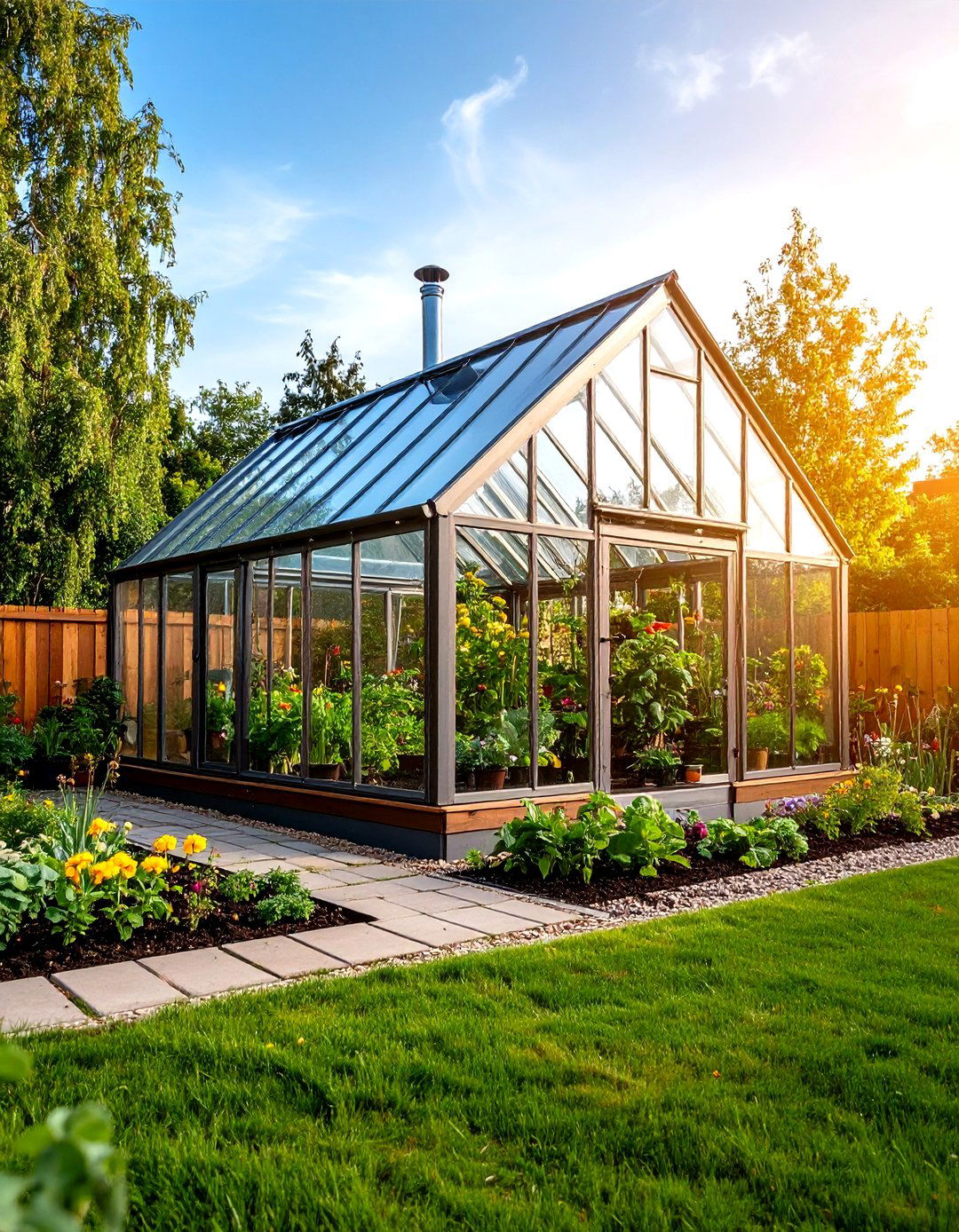
Multi-season corner greenhouse designs adapt to changing weather conditions and growing requirements throughout the year, maximizing utility and productivity across all seasons. These sophisticated corner structures feature adjustable ventilation, removable shade panels, and supplemental heating that maintain optimal growing conditions year-round. Corner placement provides natural wind protection while allowing flexible orientation adjustments for seasonal sun angles. Spring configurations emphasize seed starting and transplant hardening, summer setups include shade and cooling systems, fall arrangements focus on harvest extension, and winter layouts accommodate cold-hardy crops and plant protection. These corner greenhouse systems often include automated controls that adjust temperature, humidity, and lighting based on seasonal requirements. The adaptable design supports diverse crops and growing methods while providing consistent productivity regardless of outdoor weather conditions.
20. Smart Corner Greenhouse Technology
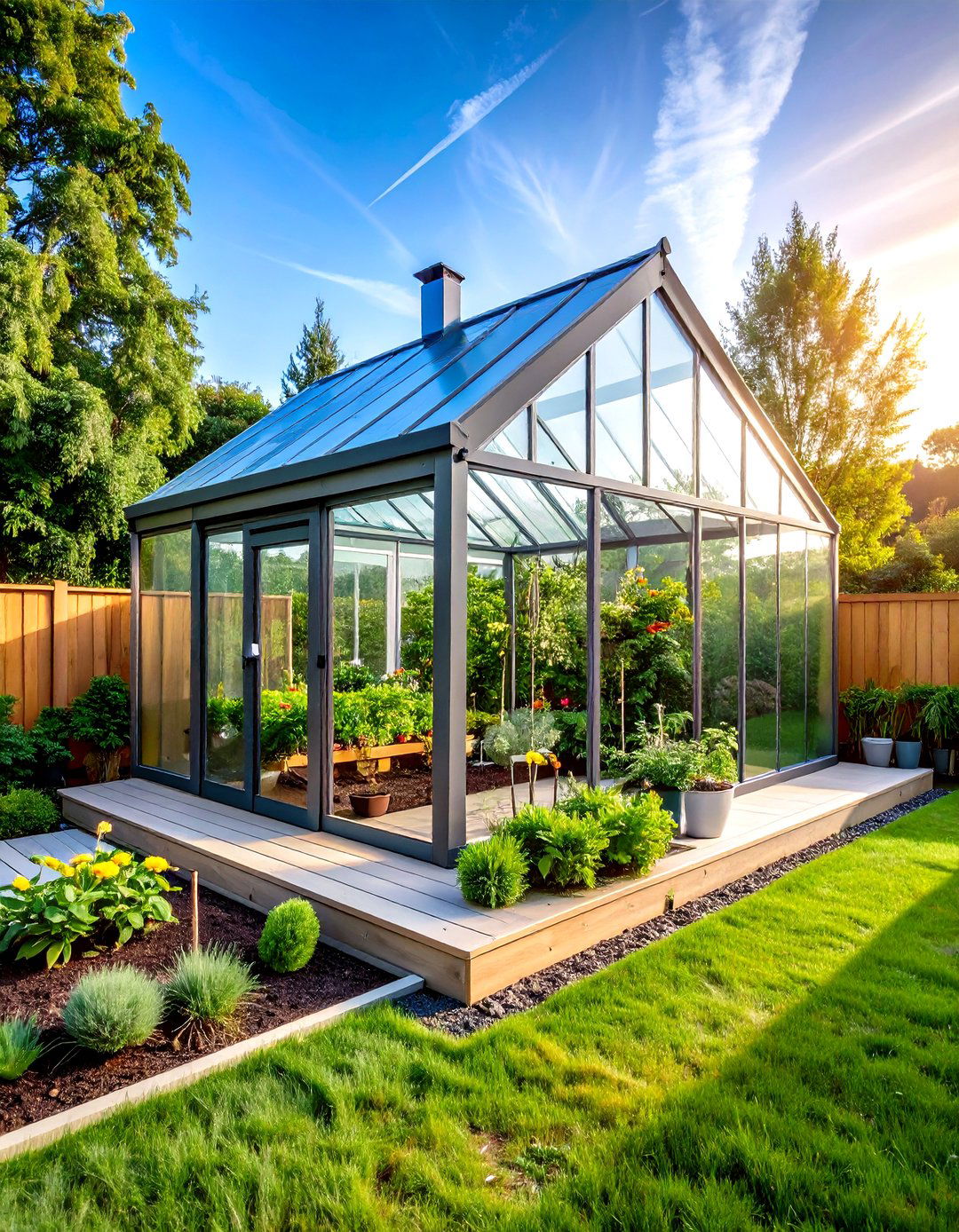
Smart corner greenhouse technology incorporates automated monitoring and control systems that optimize growing conditions while reducing maintenance requirements. These high-tech corner structures feature sensors that monitor temperature, humidity, soil moisture, and light levels, automatically adjusting ventilation, irrigation, and supplemental lighting as needed. Corner placement provides convenient access to power and internet connections while taking advantage of natural environmental protection. Smart corner greenhouse systems typically include smartphone apps that allow remote monitoring and control, automated nutrient dosing for hydroponic systems, and weather-responsive adjustments that protect plants during extreme conditions. Advanced features include AI-powered growing recommendations, automated pest detection, and integration with home automation systems. These technologies increase growing success rates while reducing time and effort required for successful plant production in corner greenhouse environments.
Conclusion:
Corner greenhouses offer innovative solutions for maximizing growing space regardless of garden size or configuration. From simple cold frames to sophisticated smart systems, these twenty corner greenhouse ideas demonstrate that productive growing spaces can thrive in the most challenging locations. Whether you choose a budget-friendly recycled materials approach or invest in high-tech automated systems, corner greenhouses transform underutilized spaces into productive growing environments. The key to success lies in matching the greenhouse design to your specific corner space, climate, and growing goals. With proper planning and implementation, corner greenhouses provide year-round growing opportunities while adding architectural interest and value to any property.


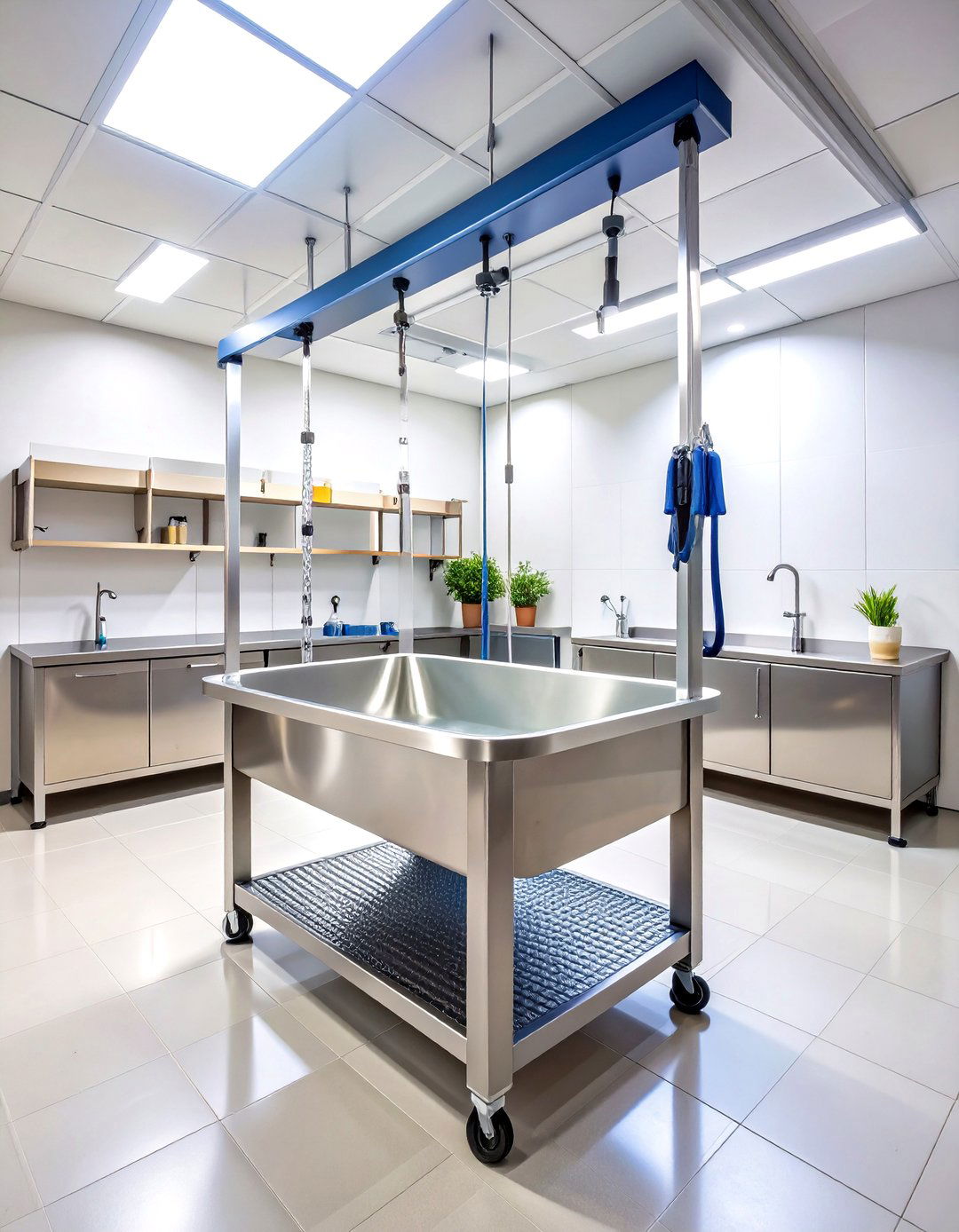
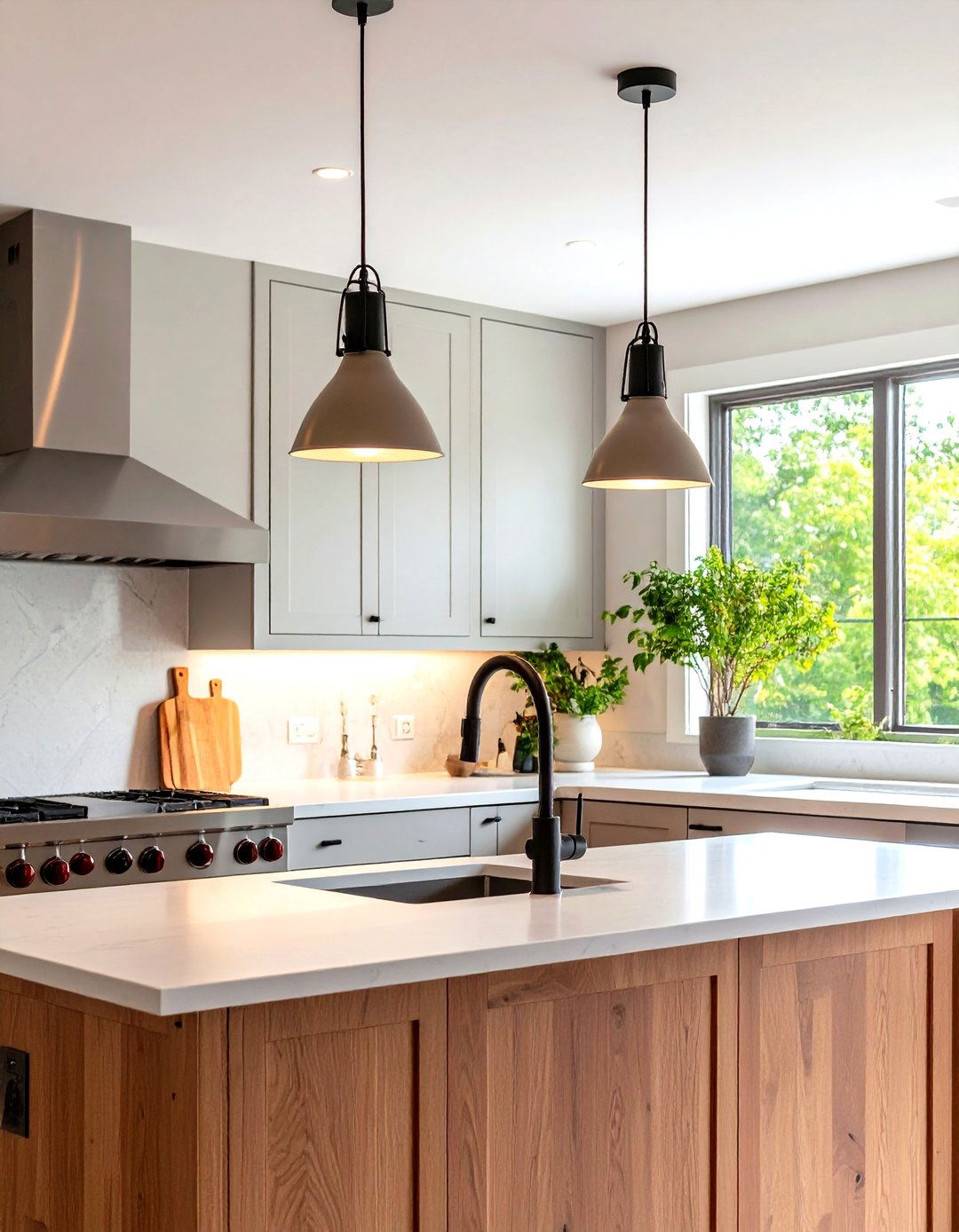

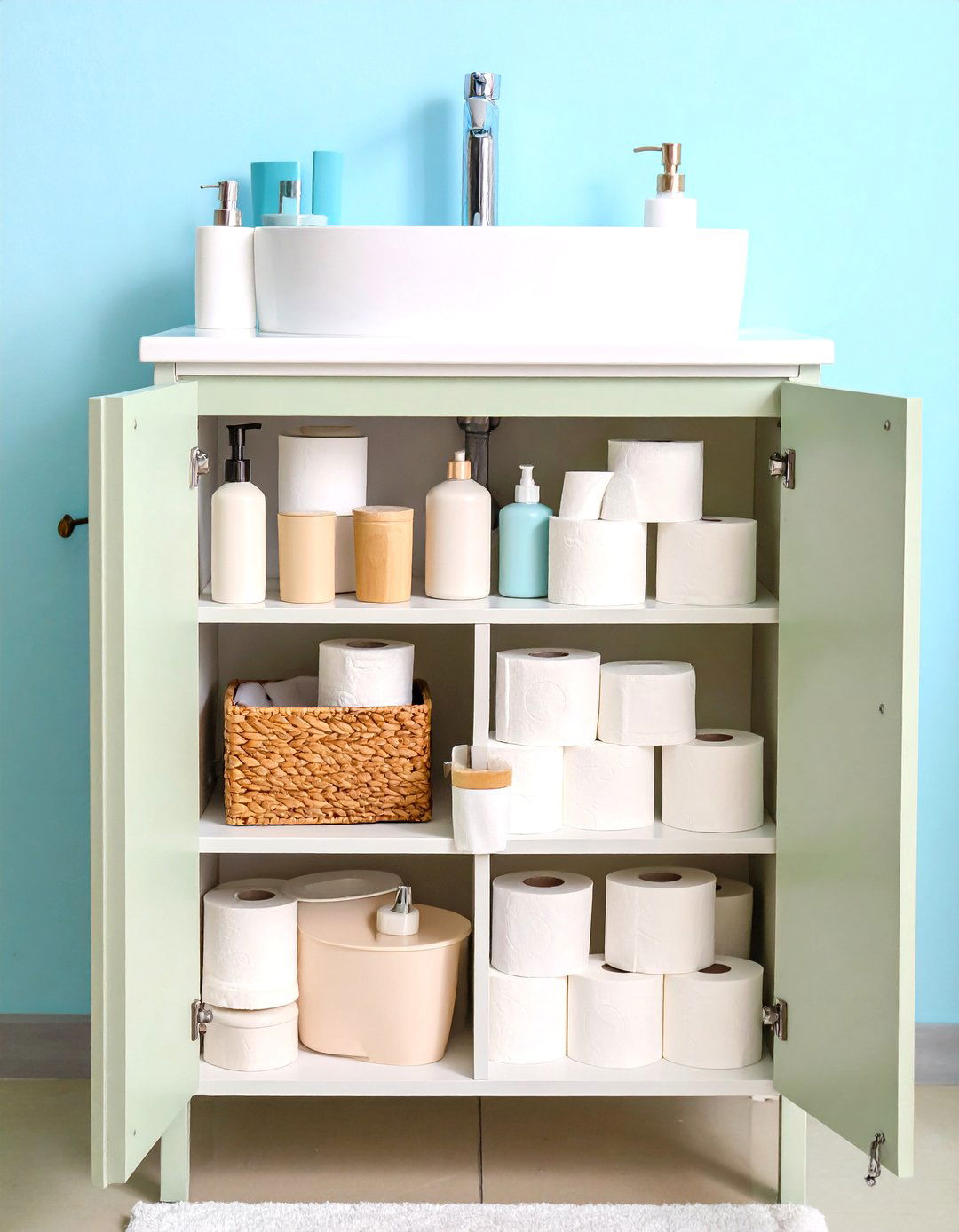
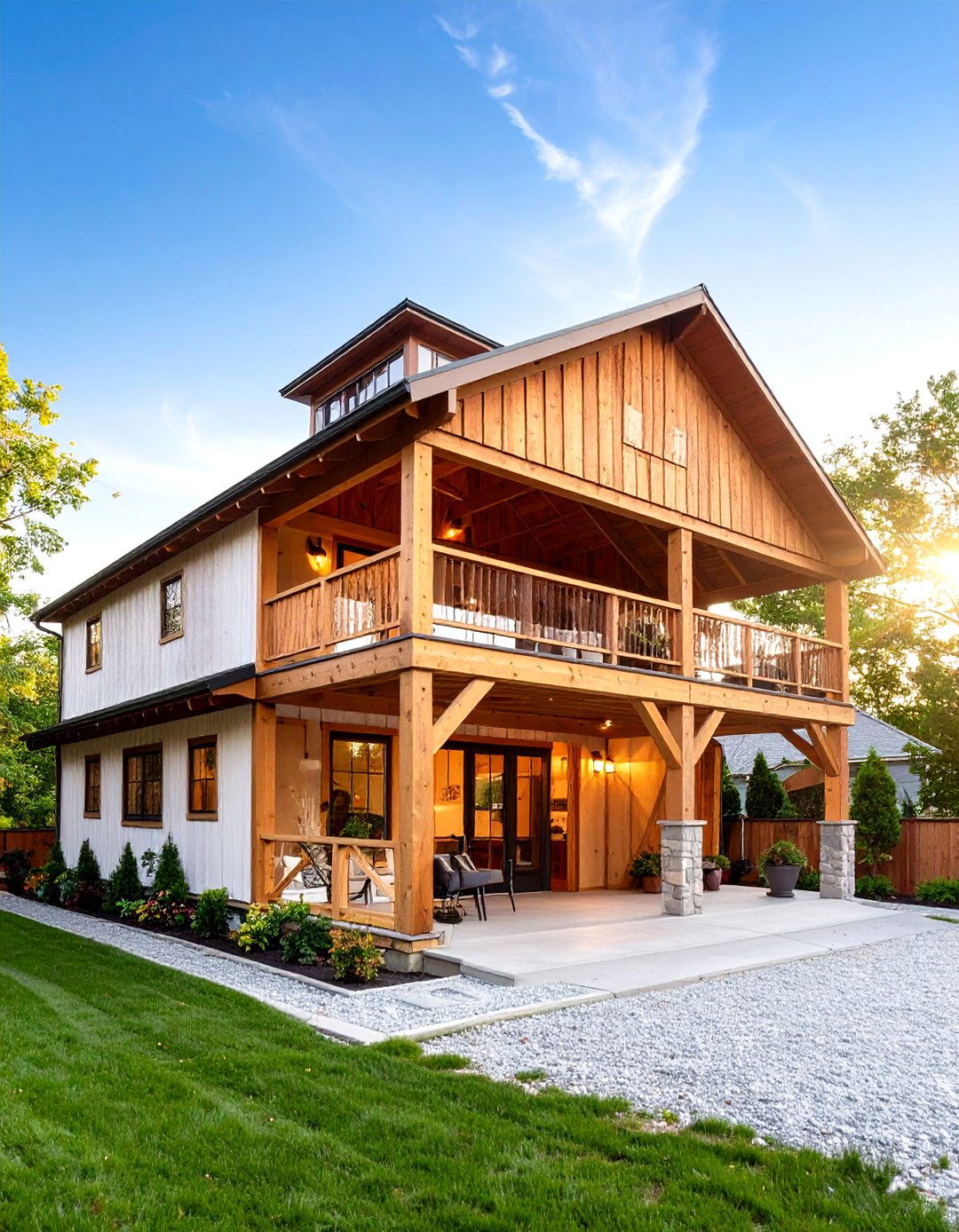

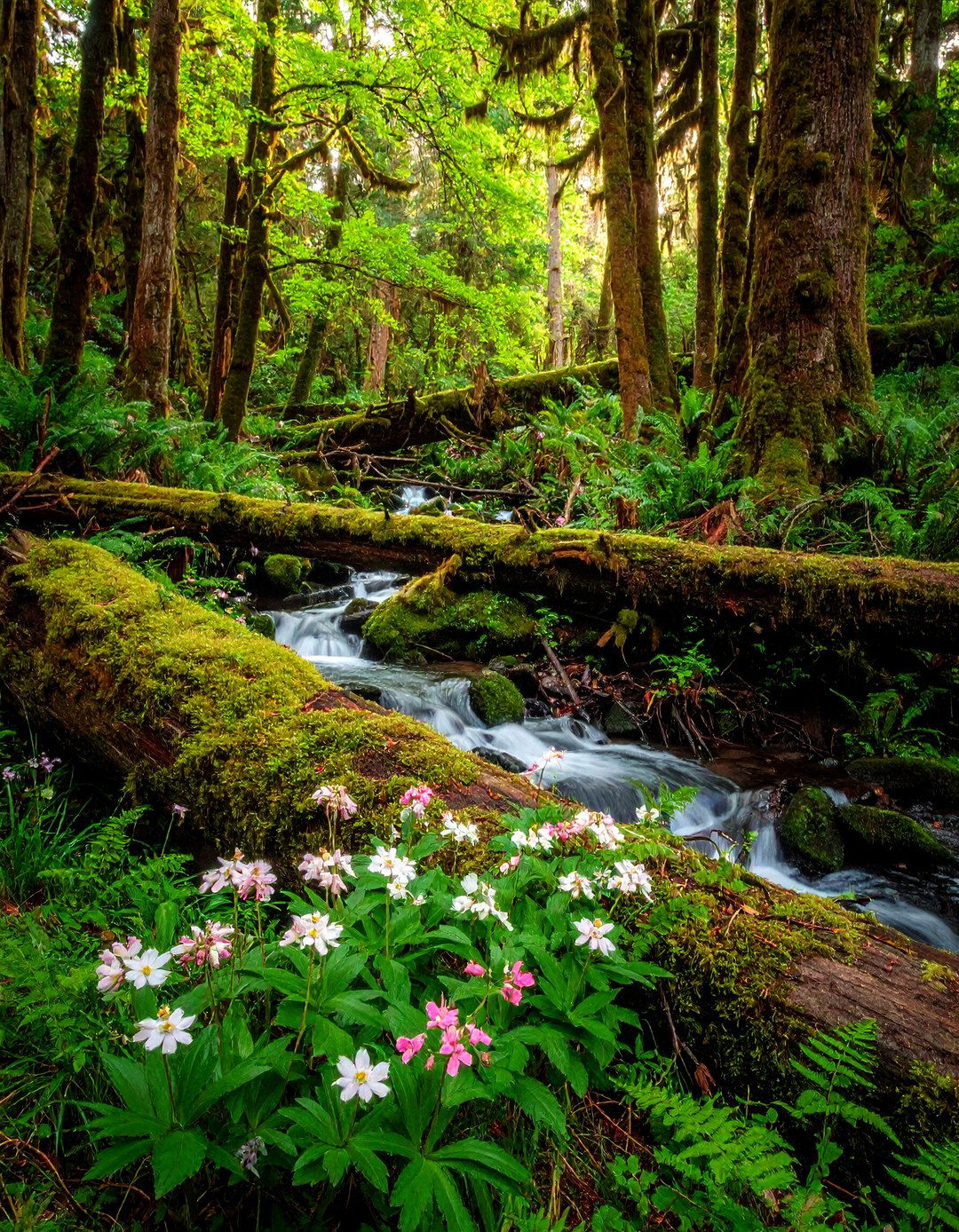
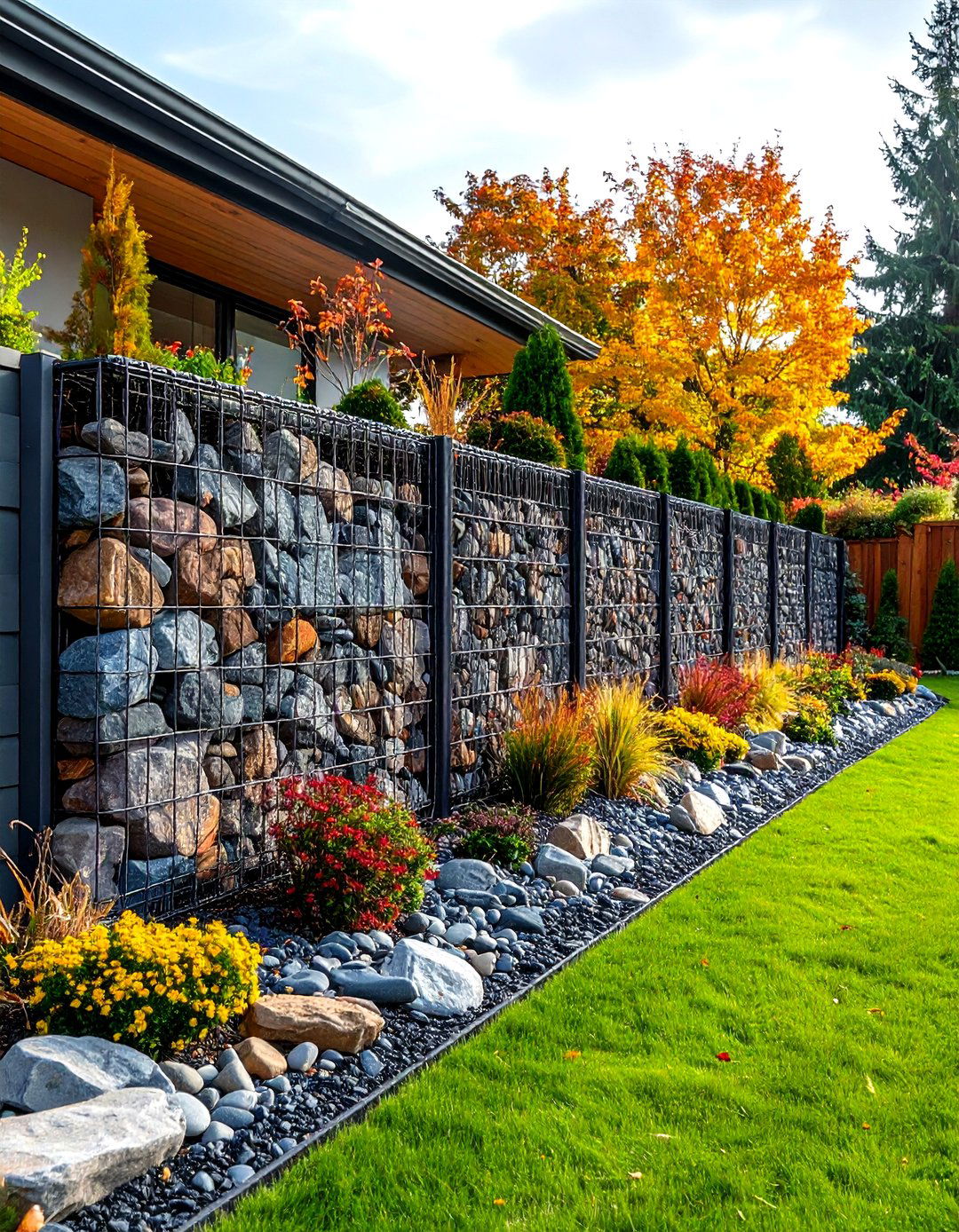
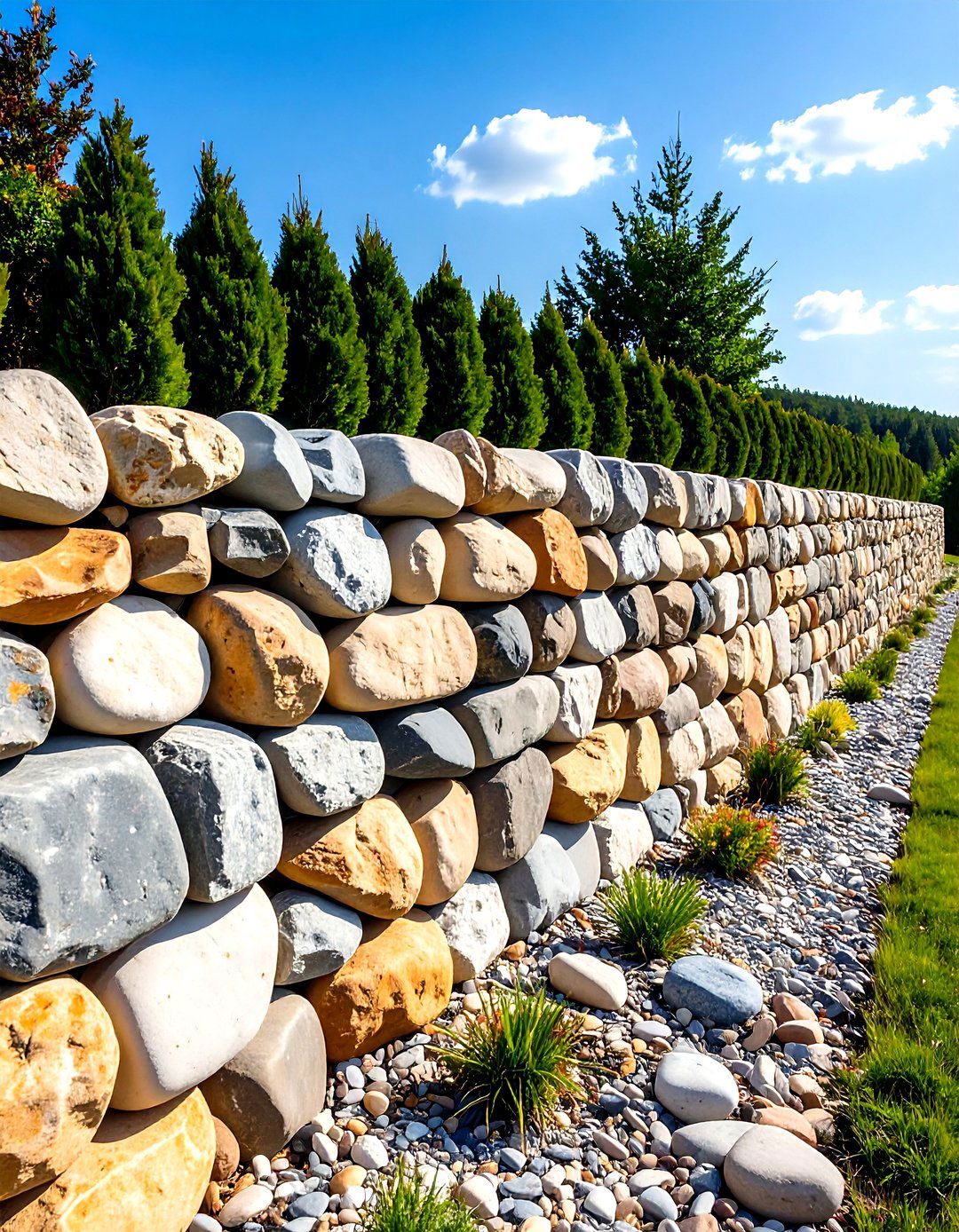
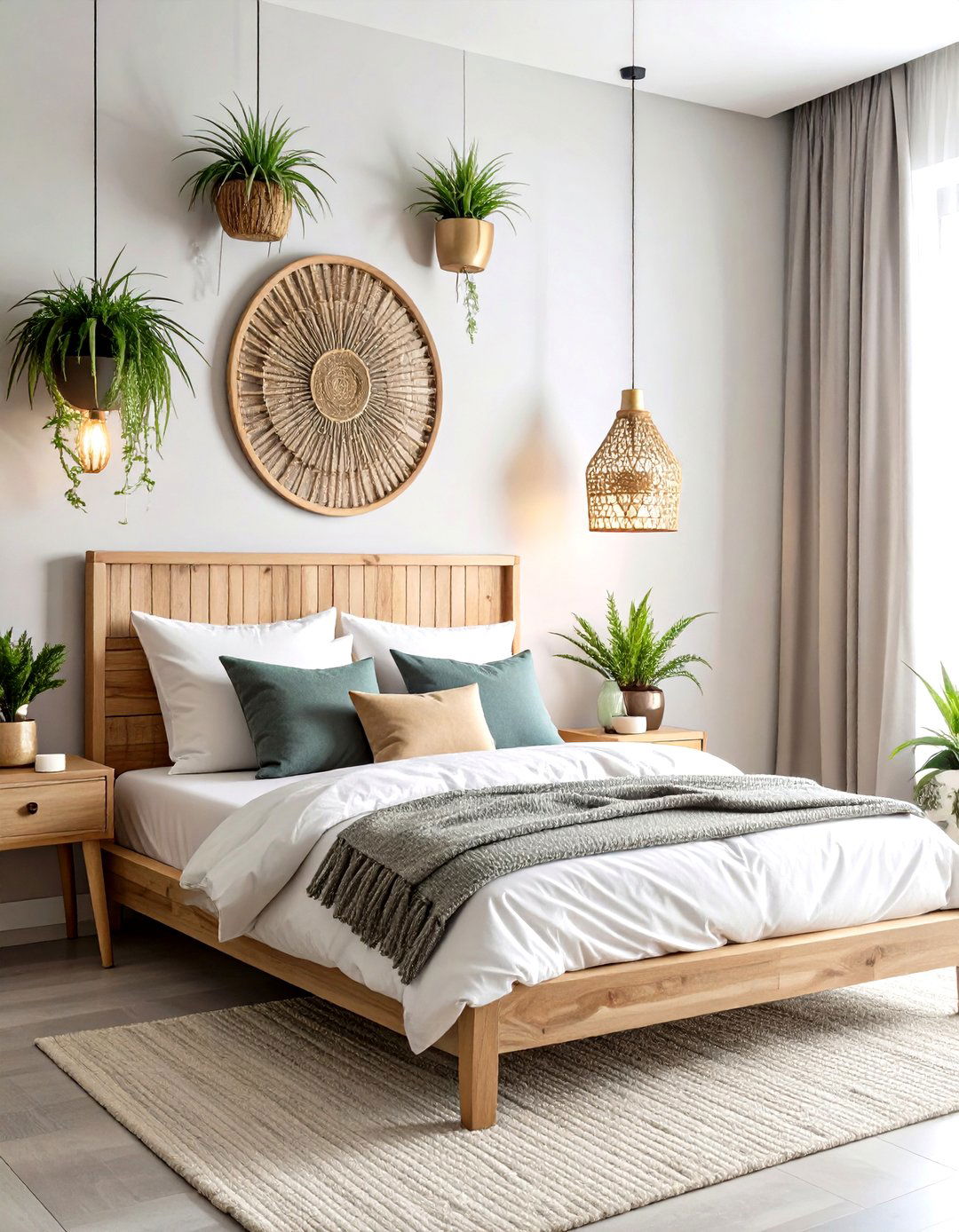
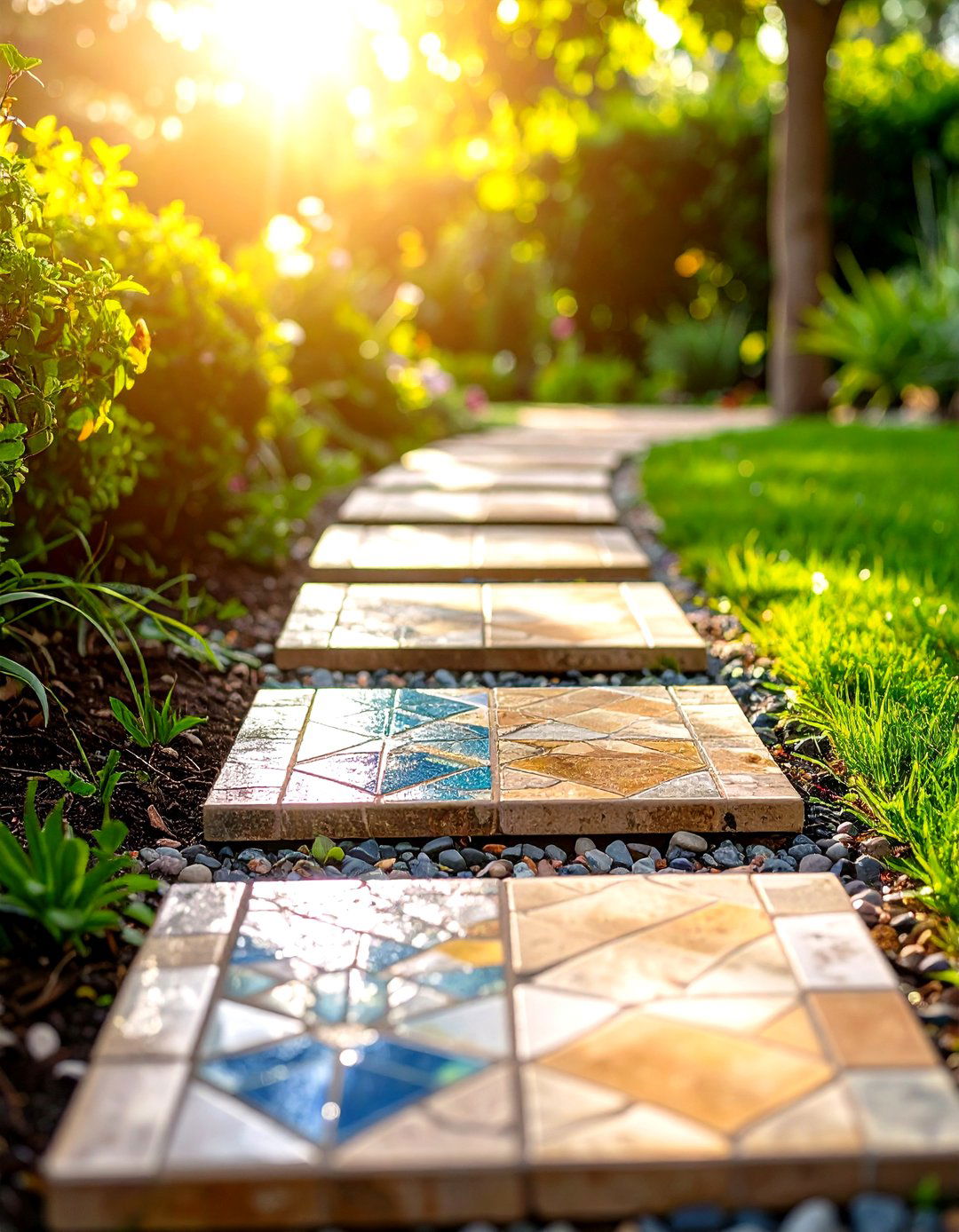
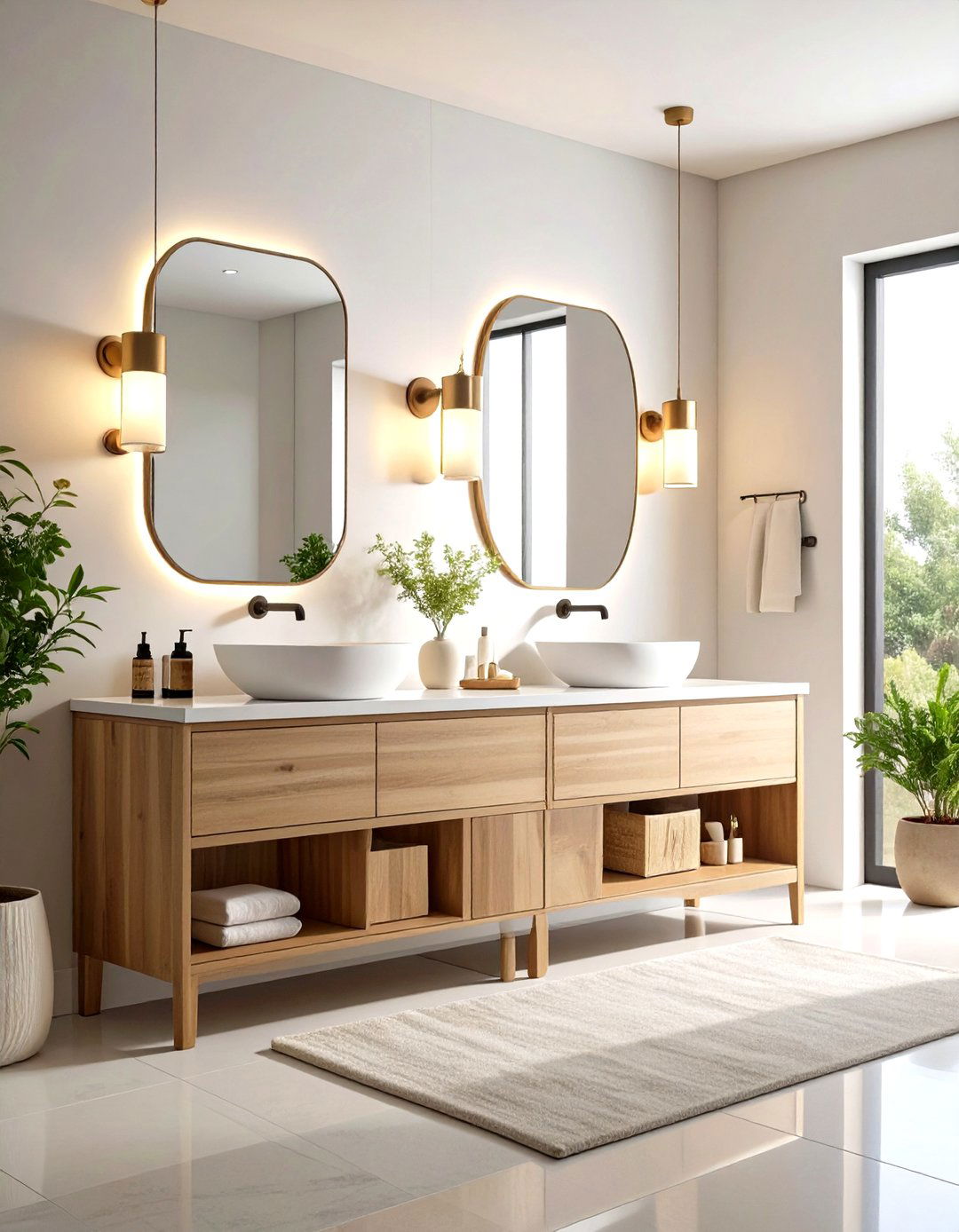
Leave a Reply